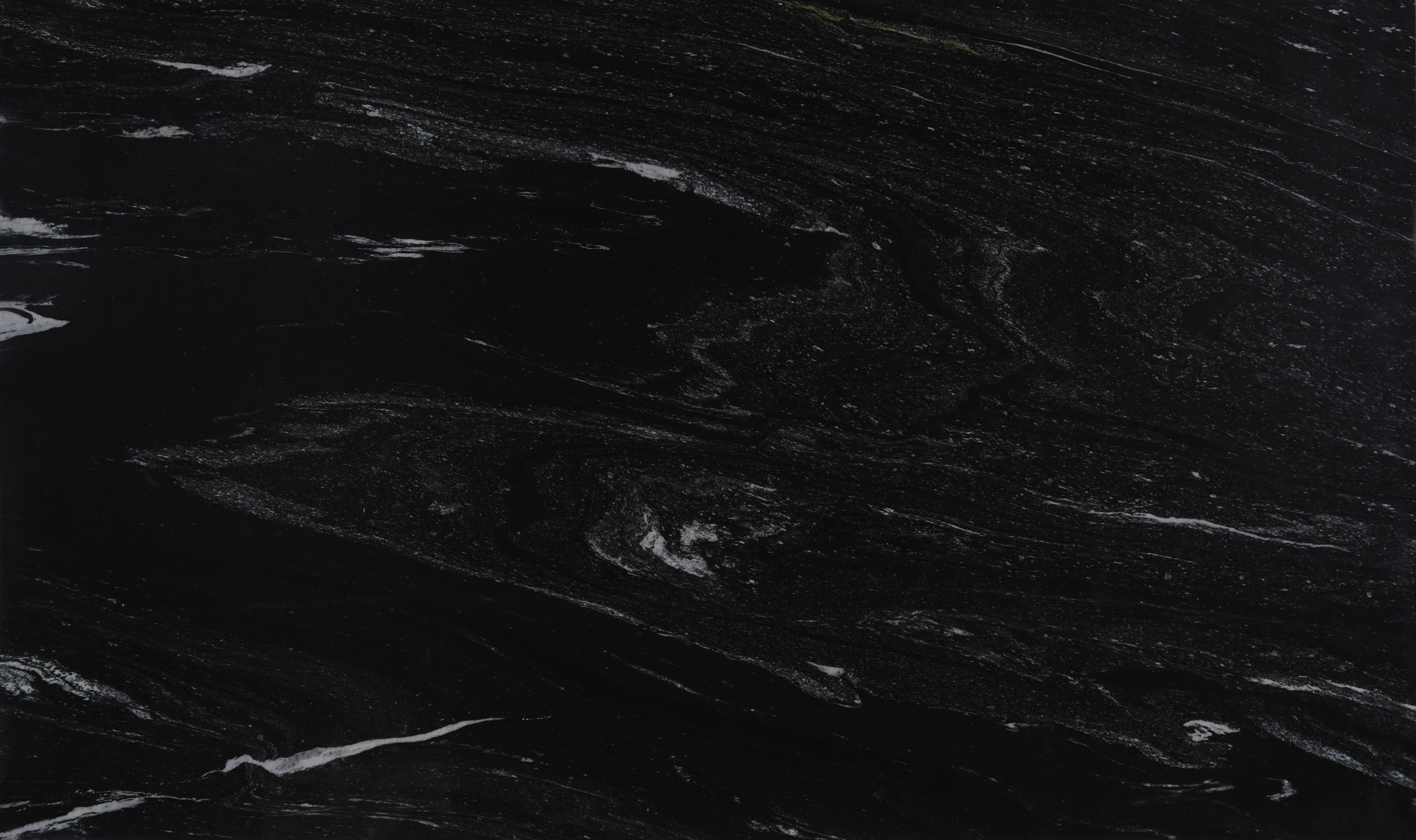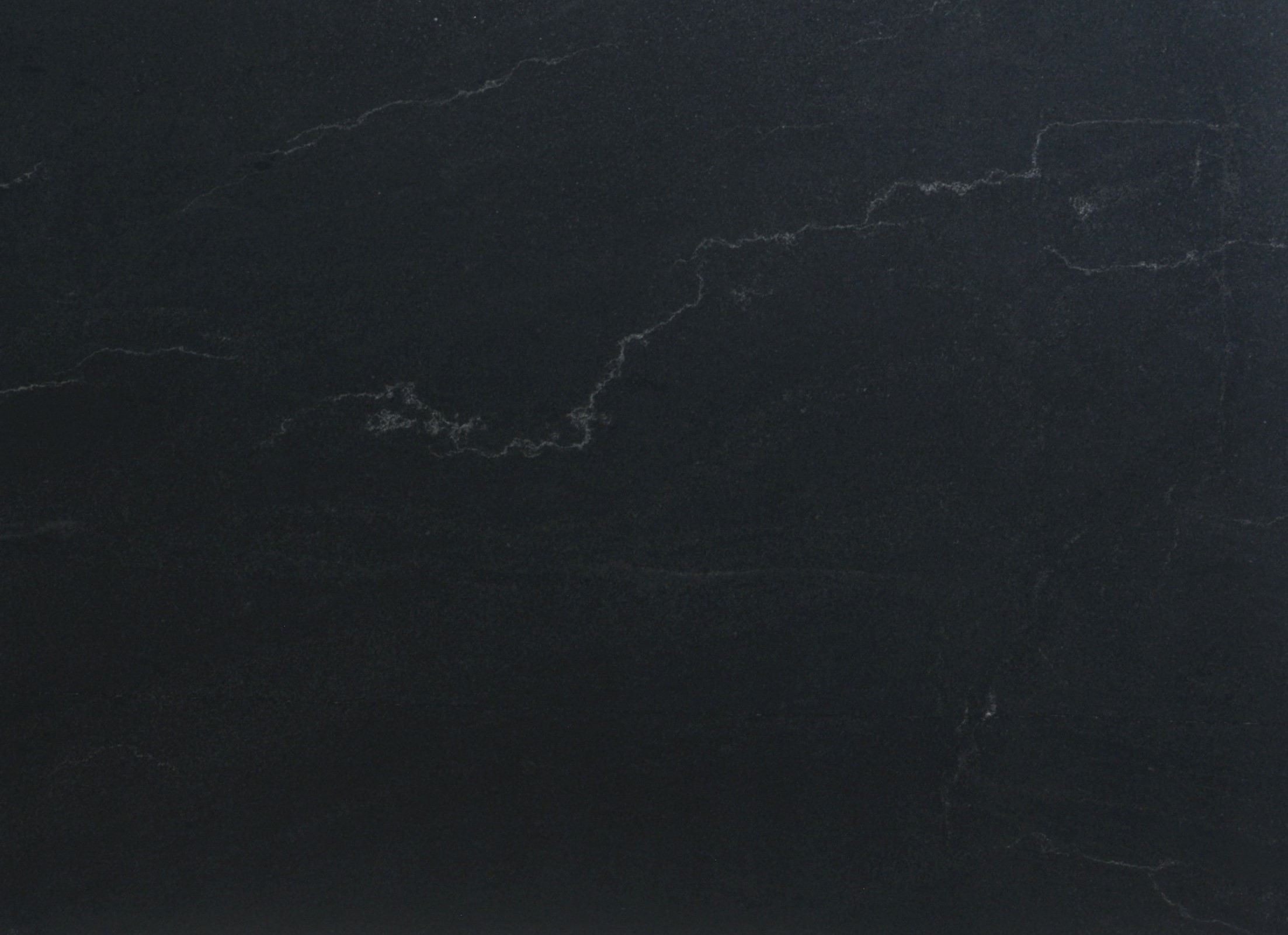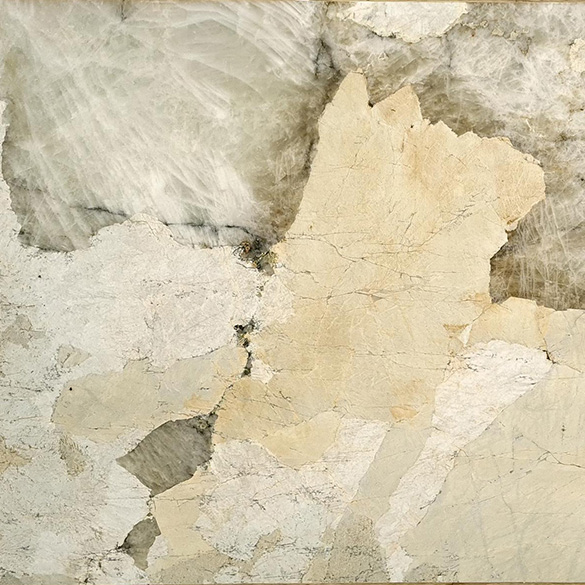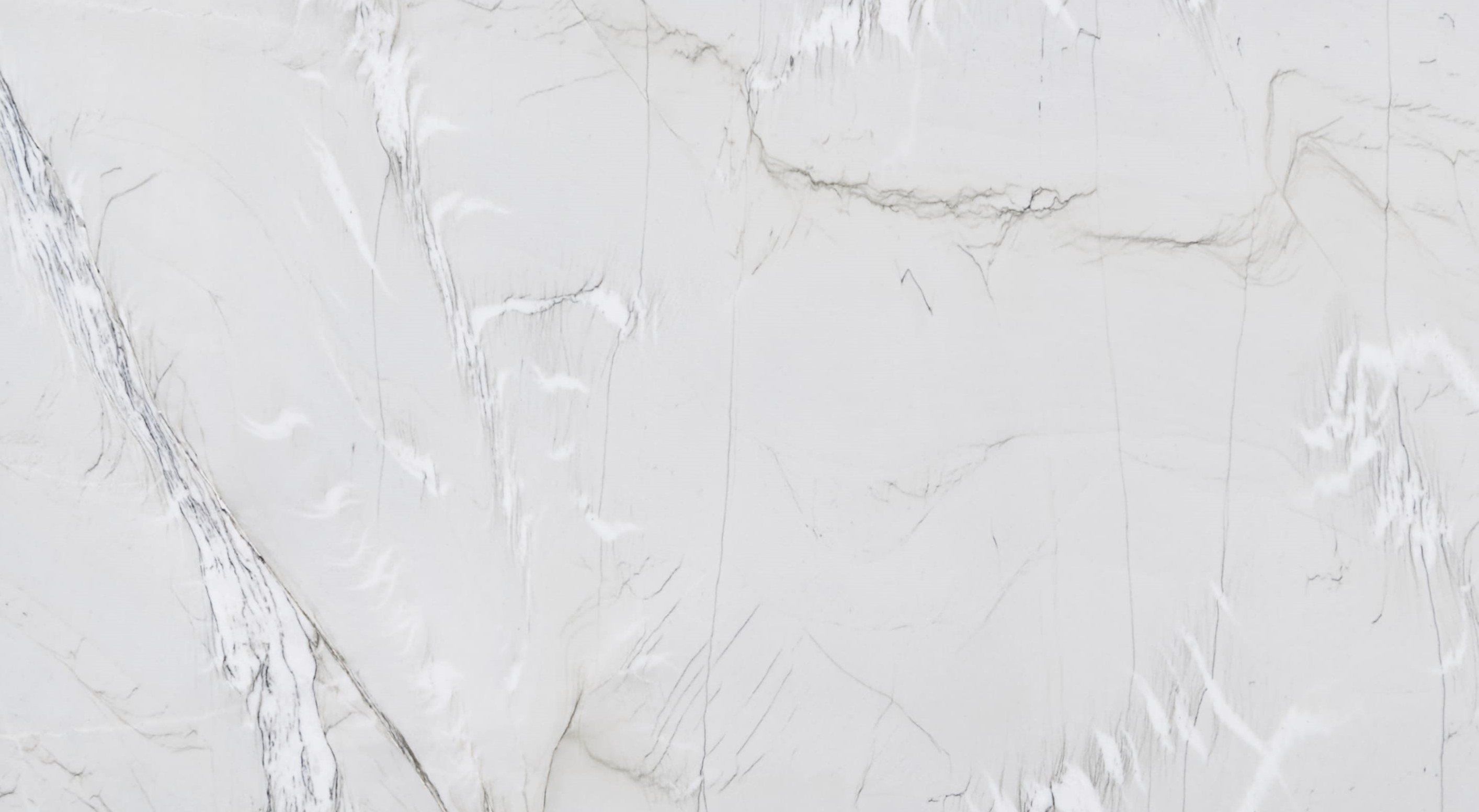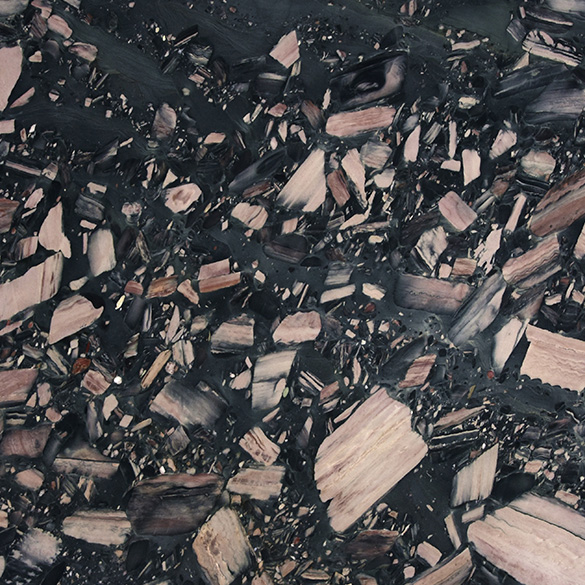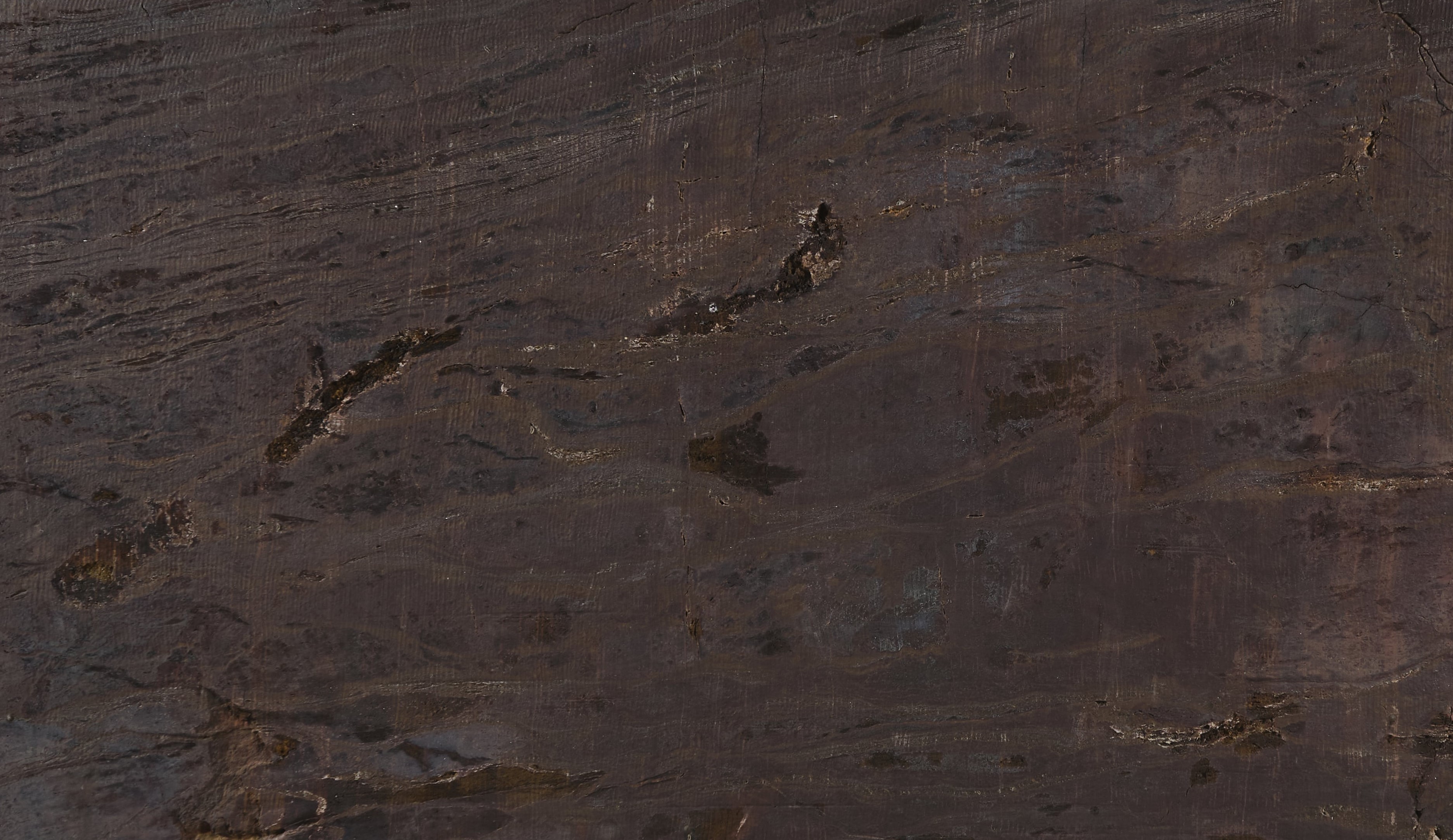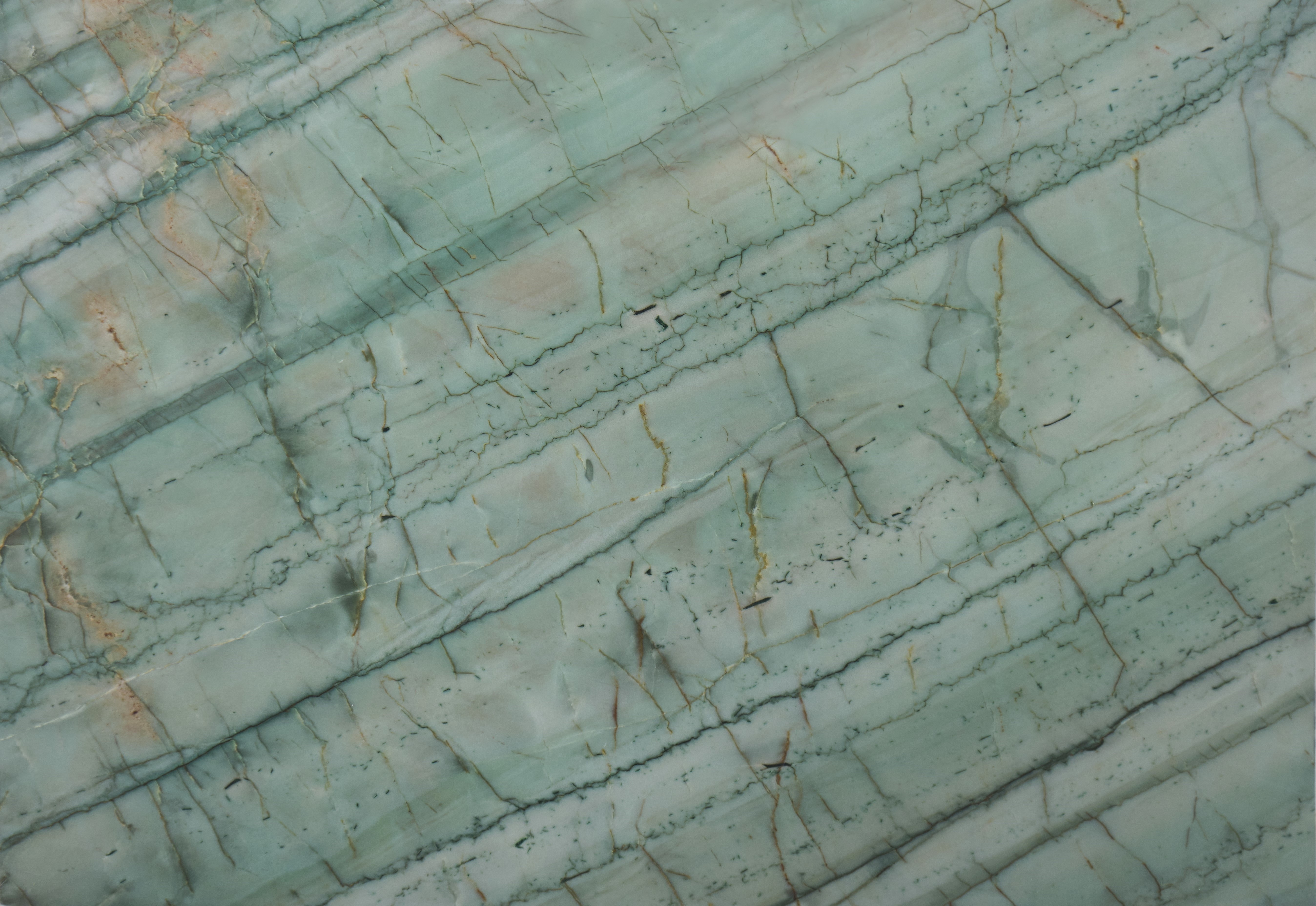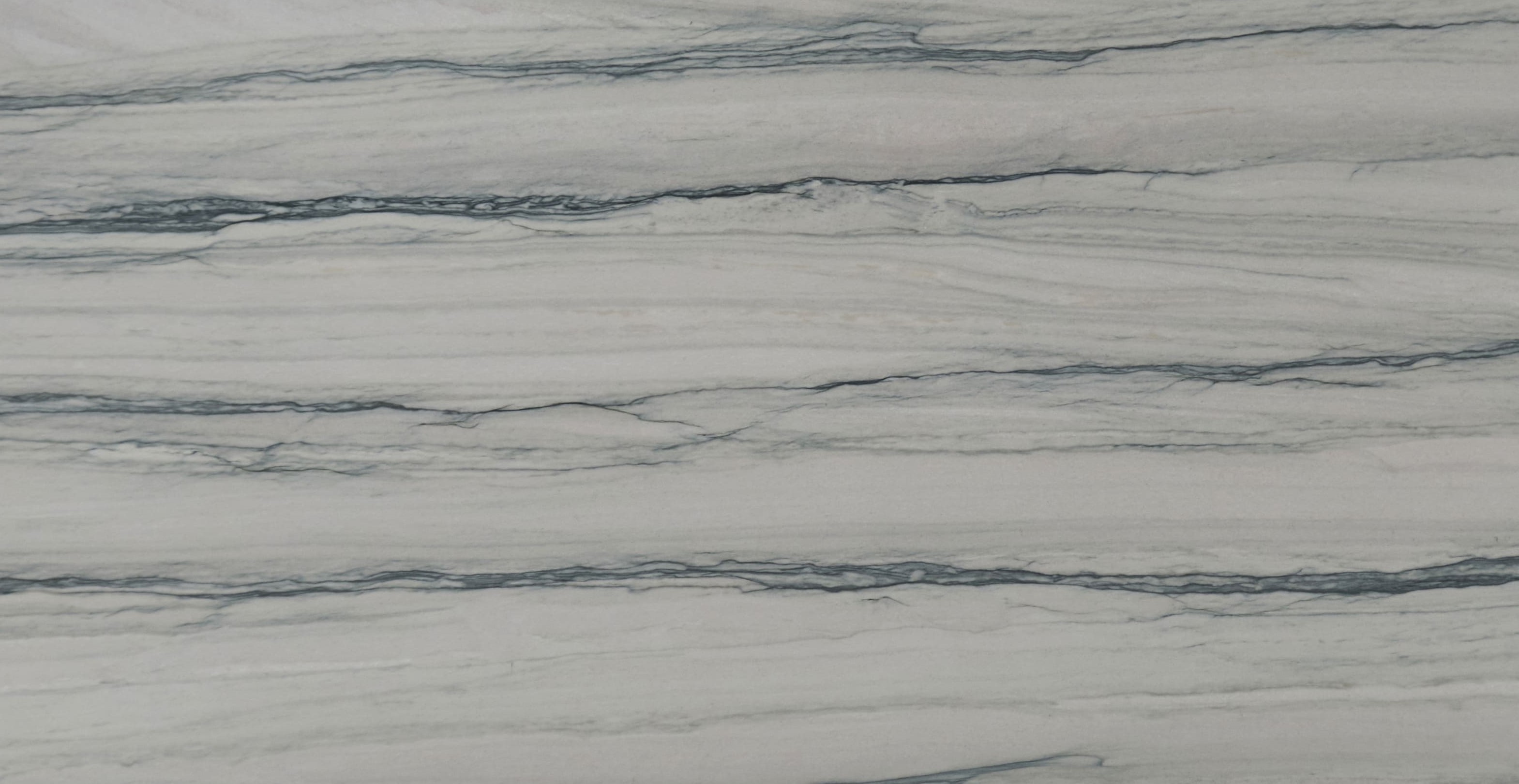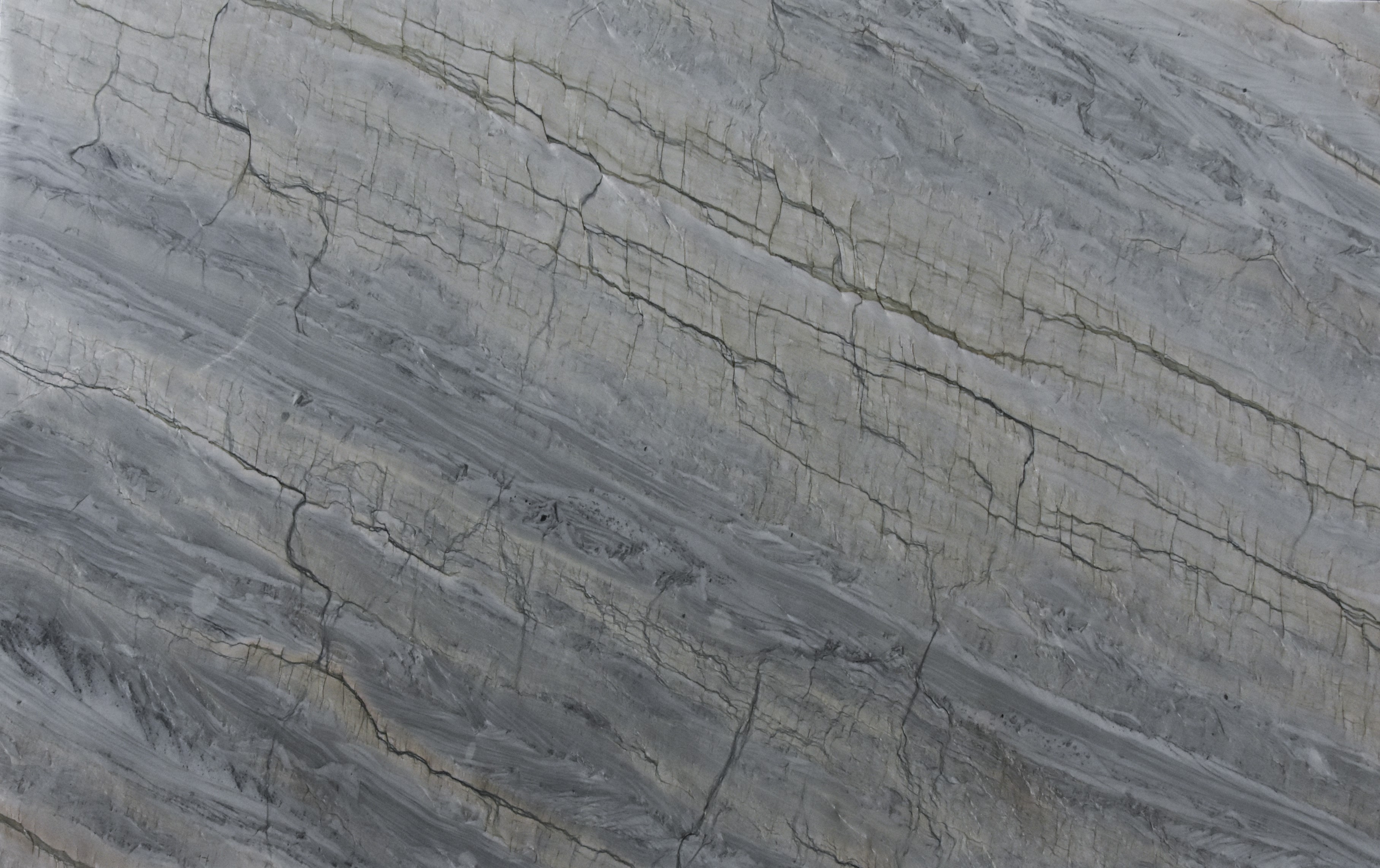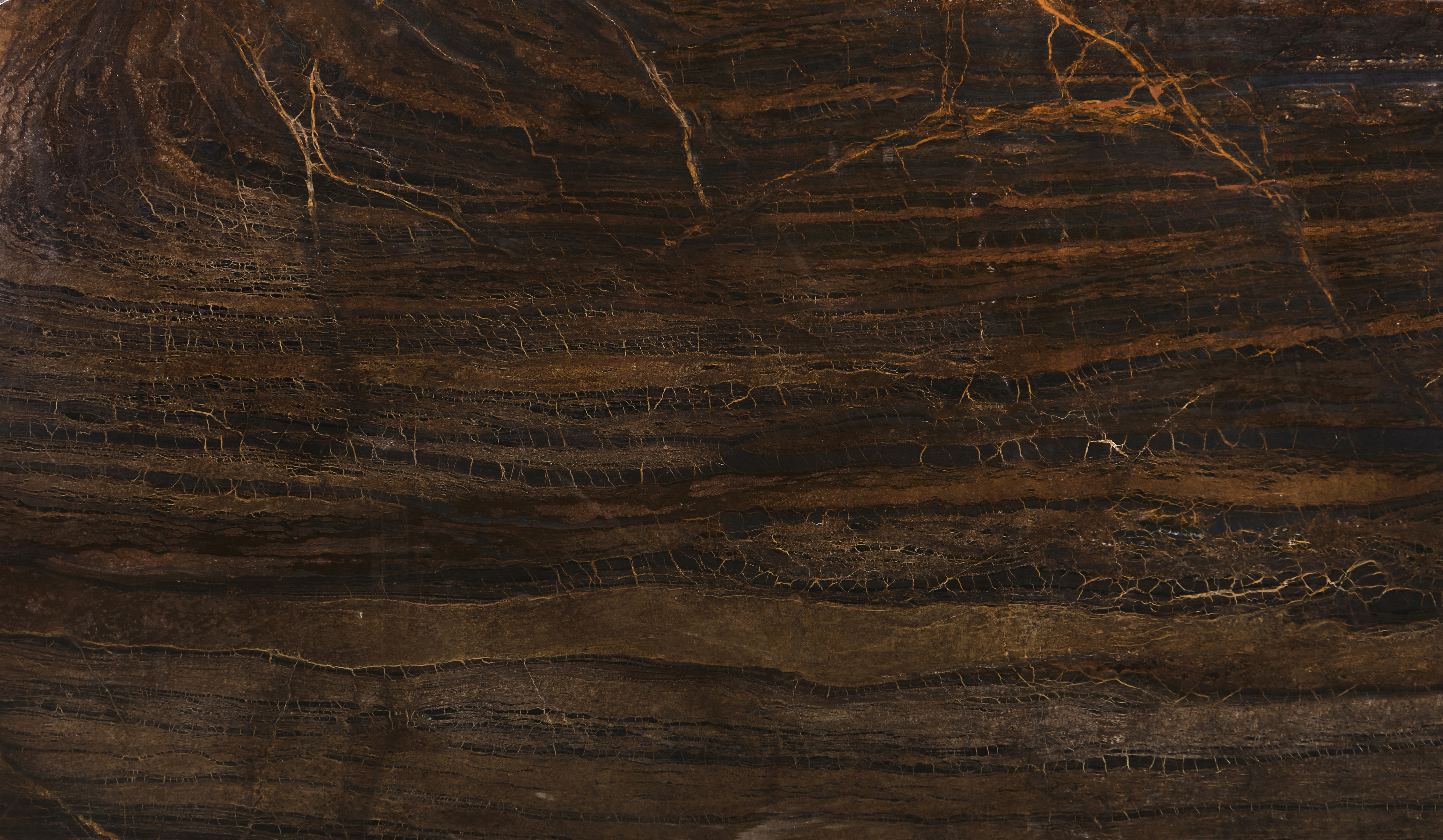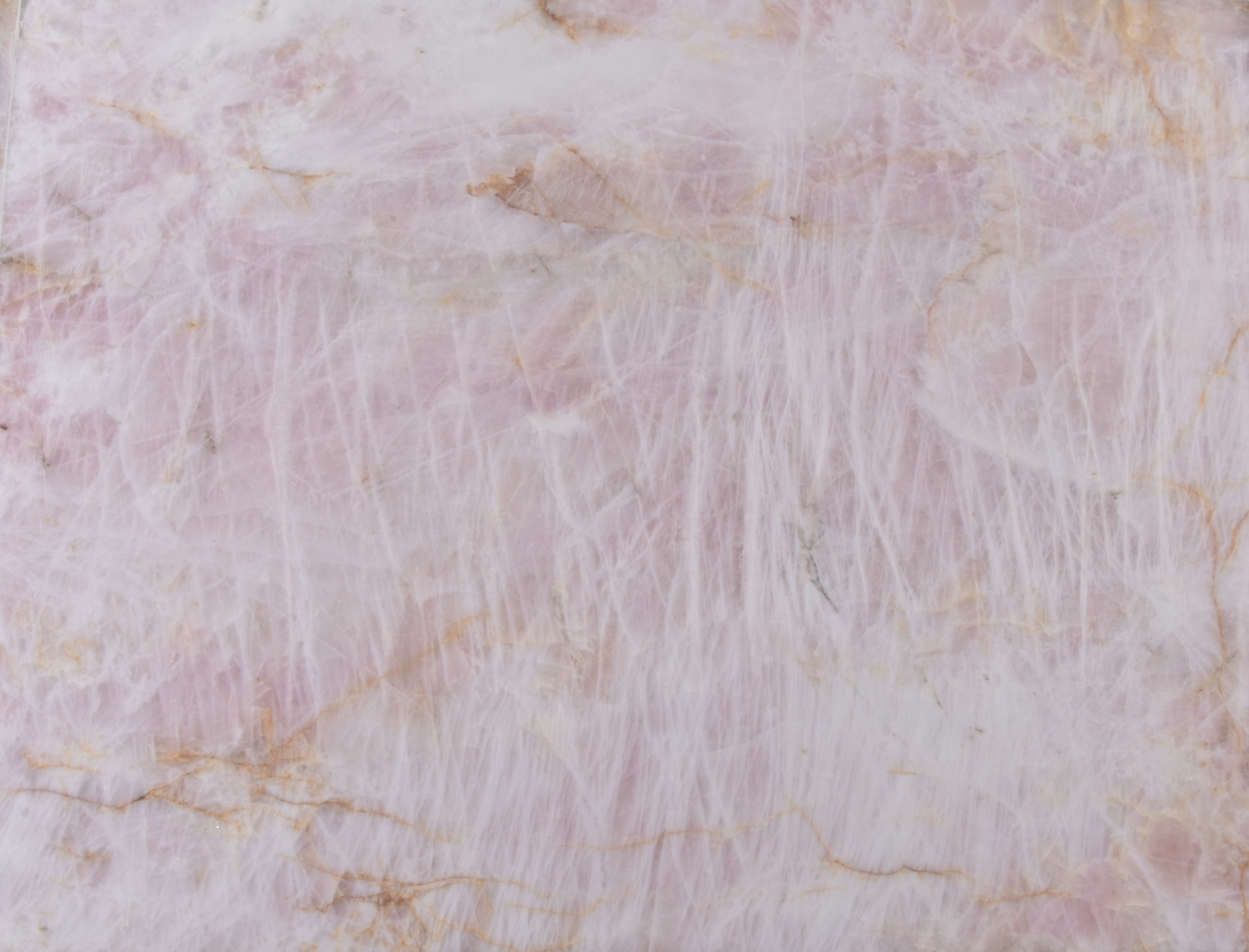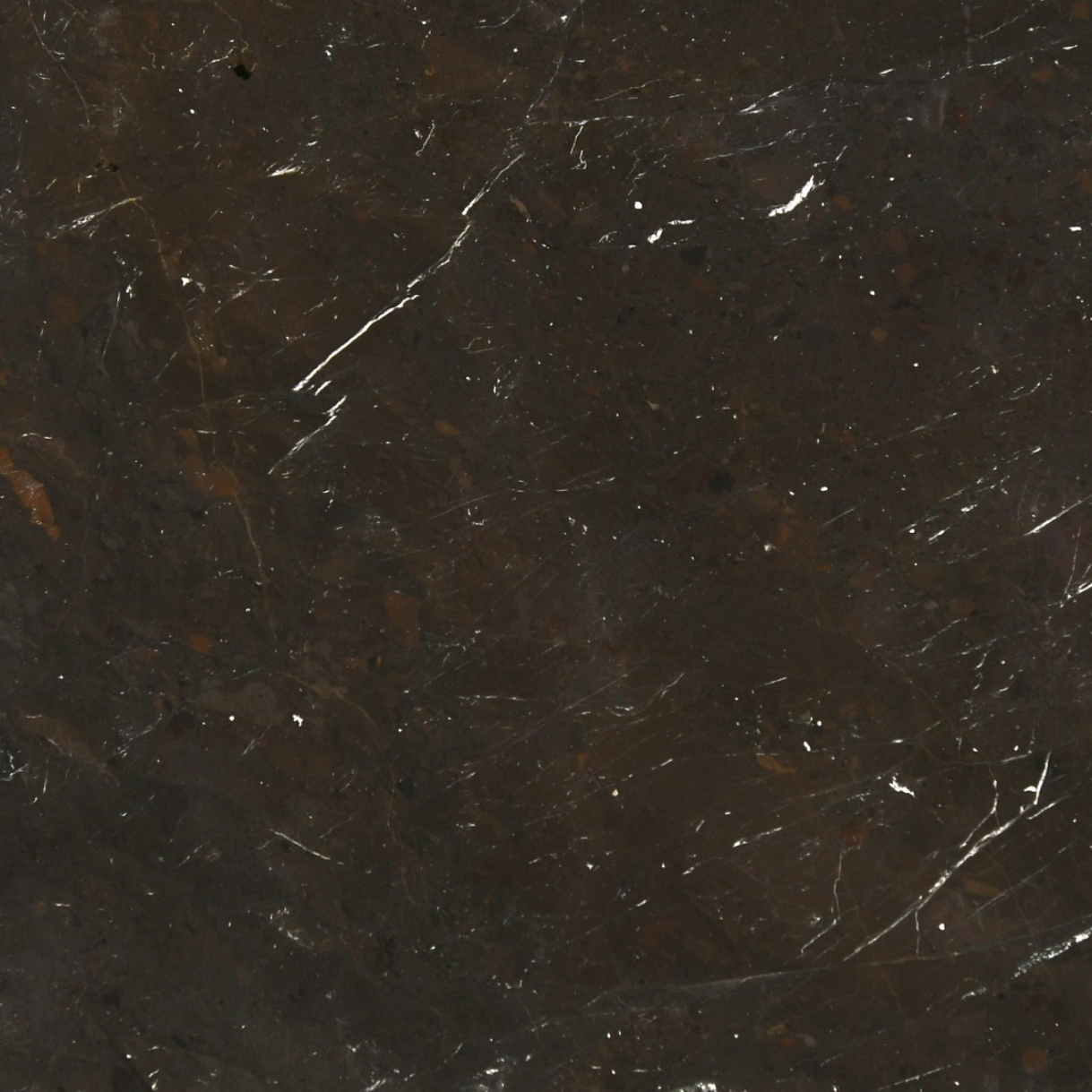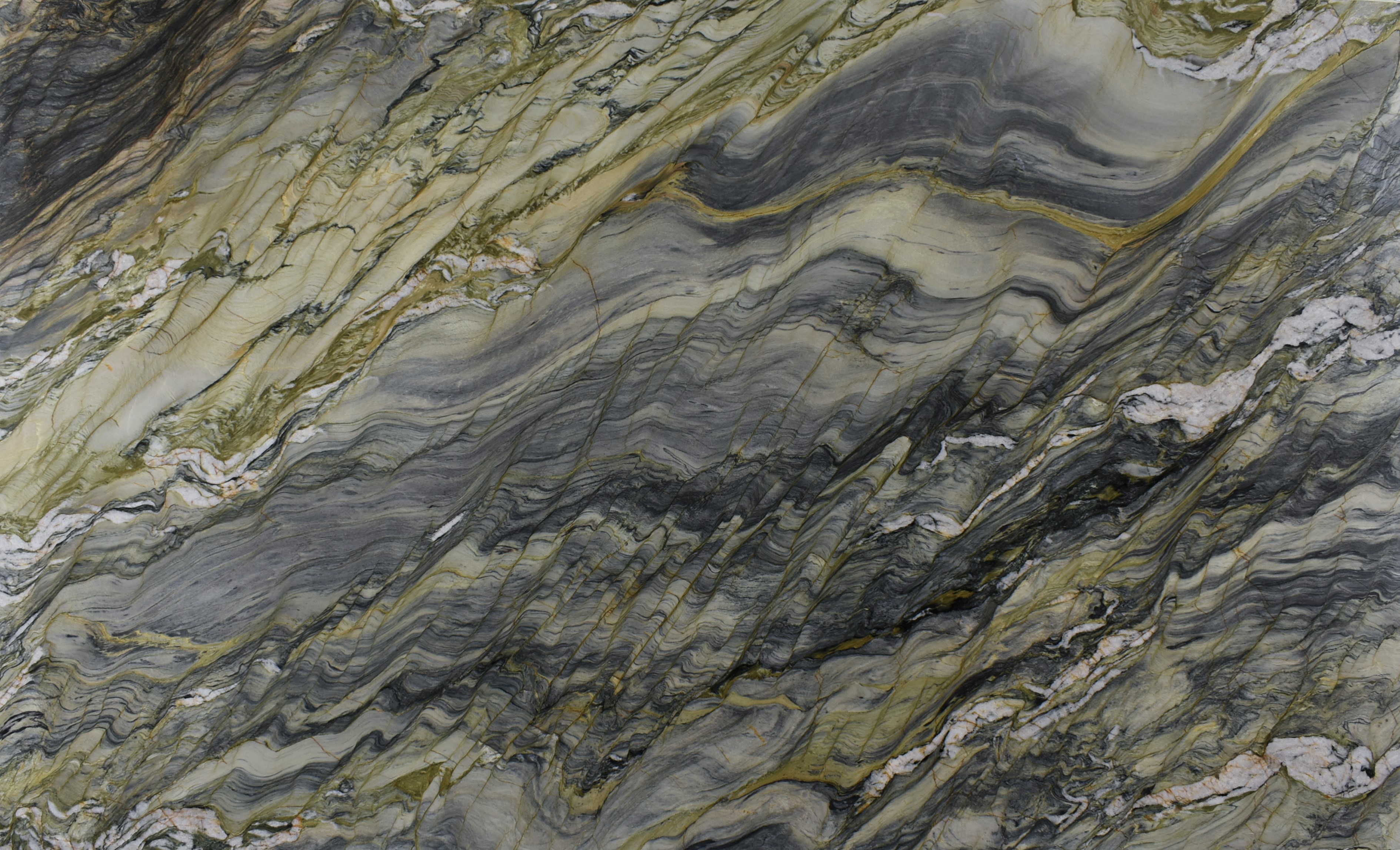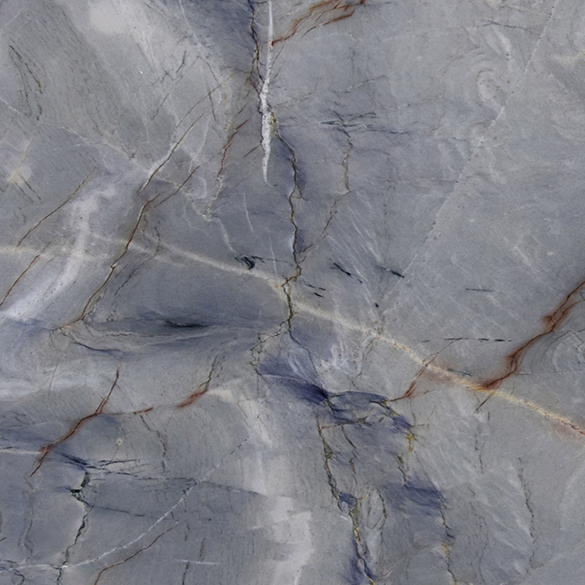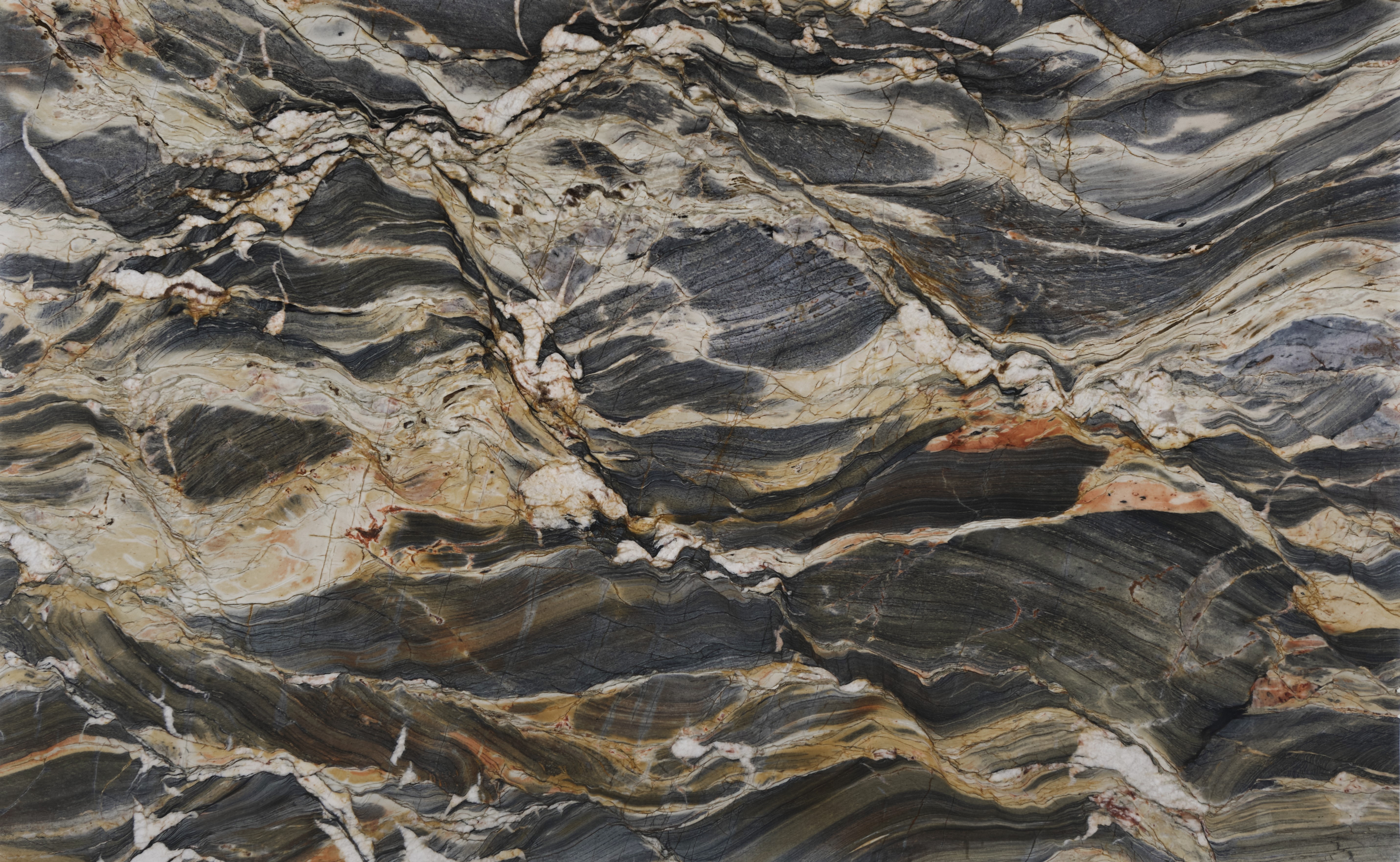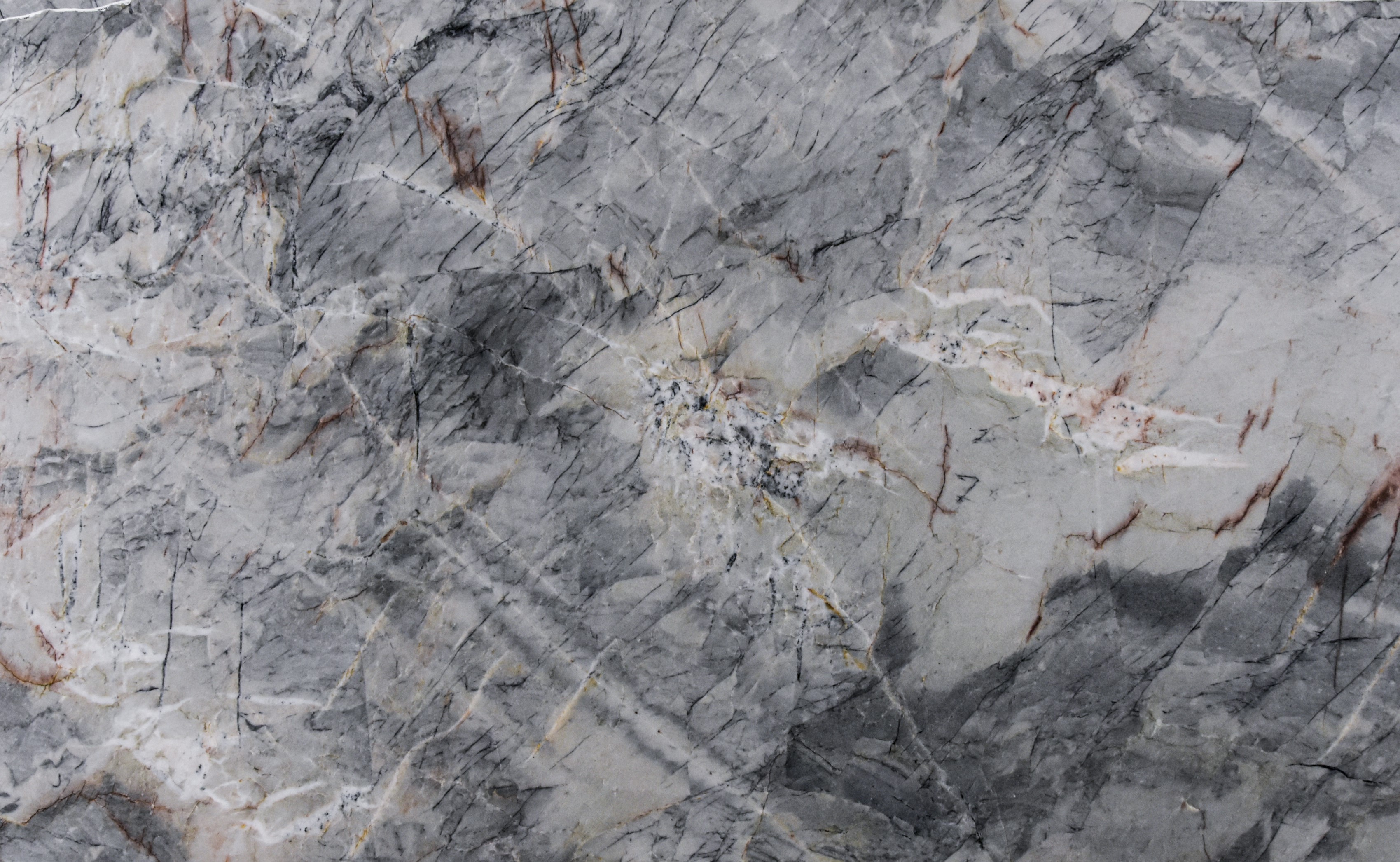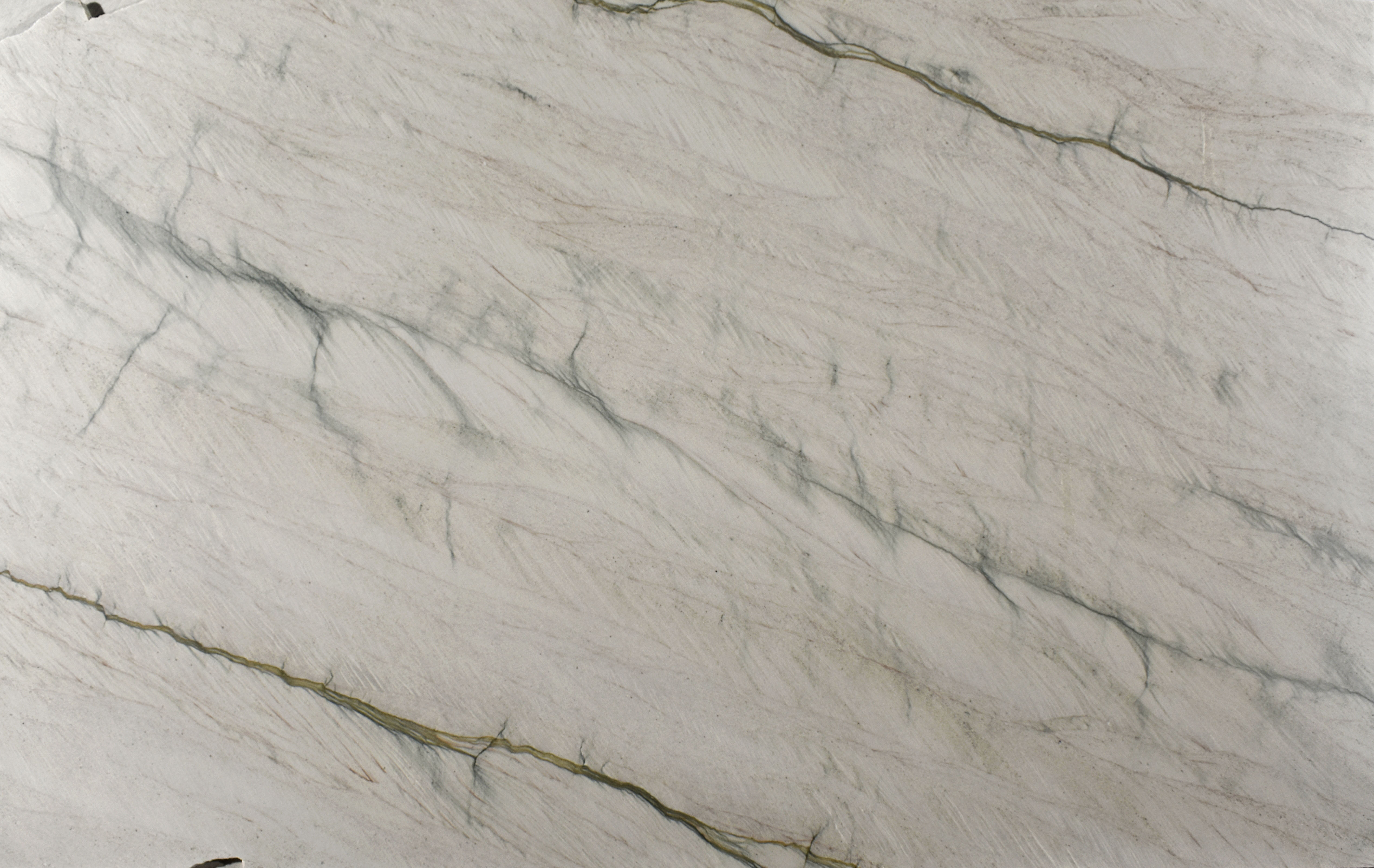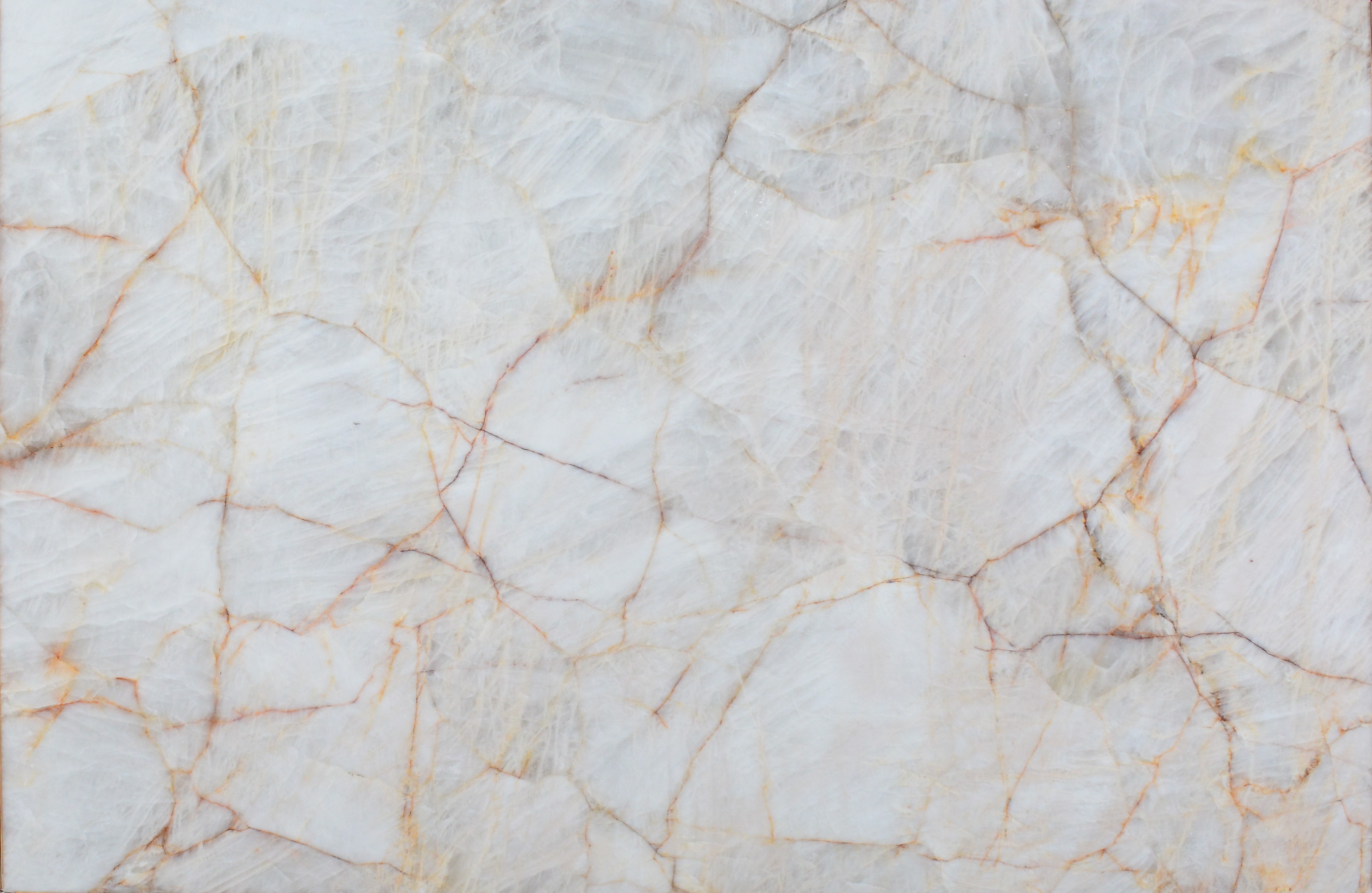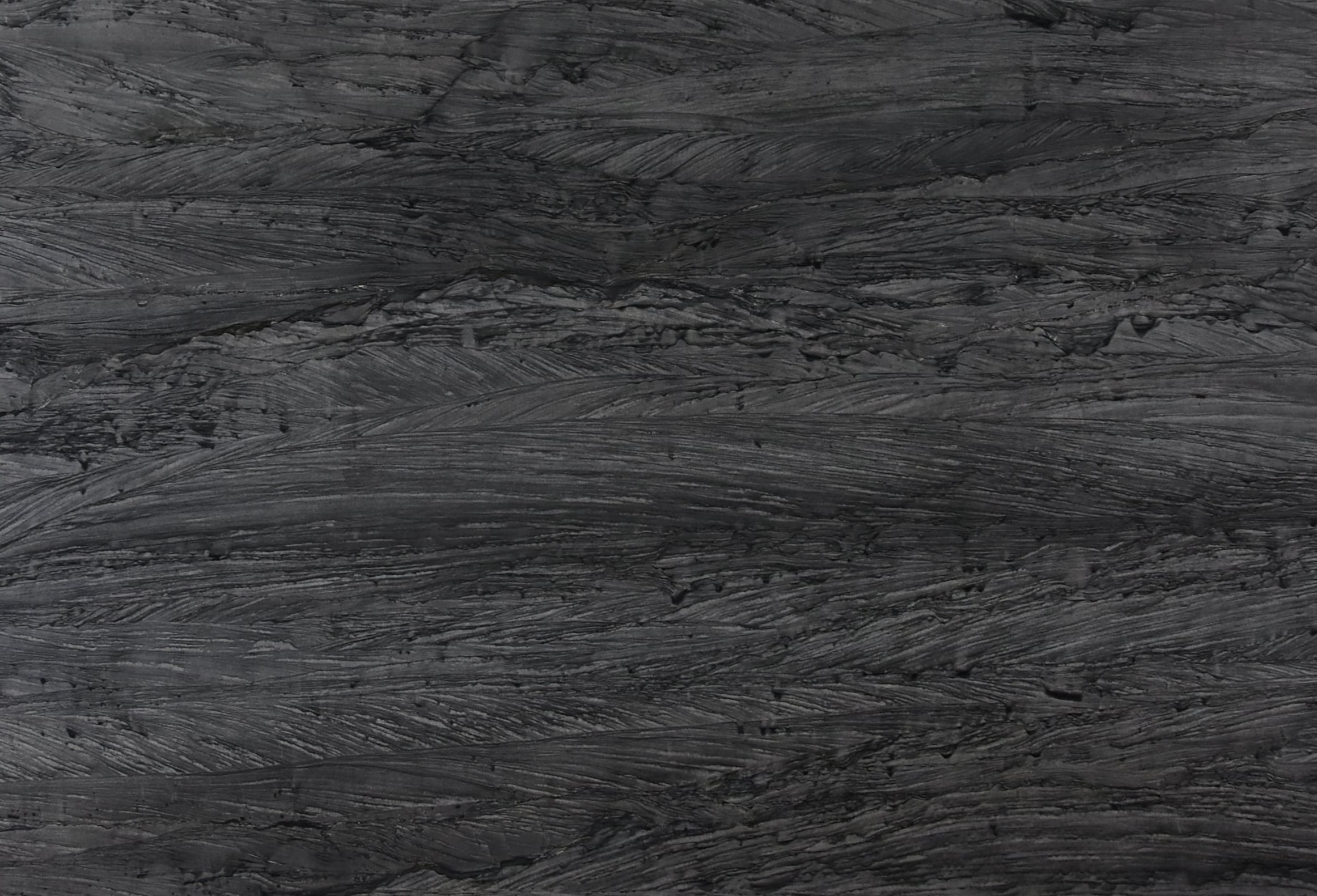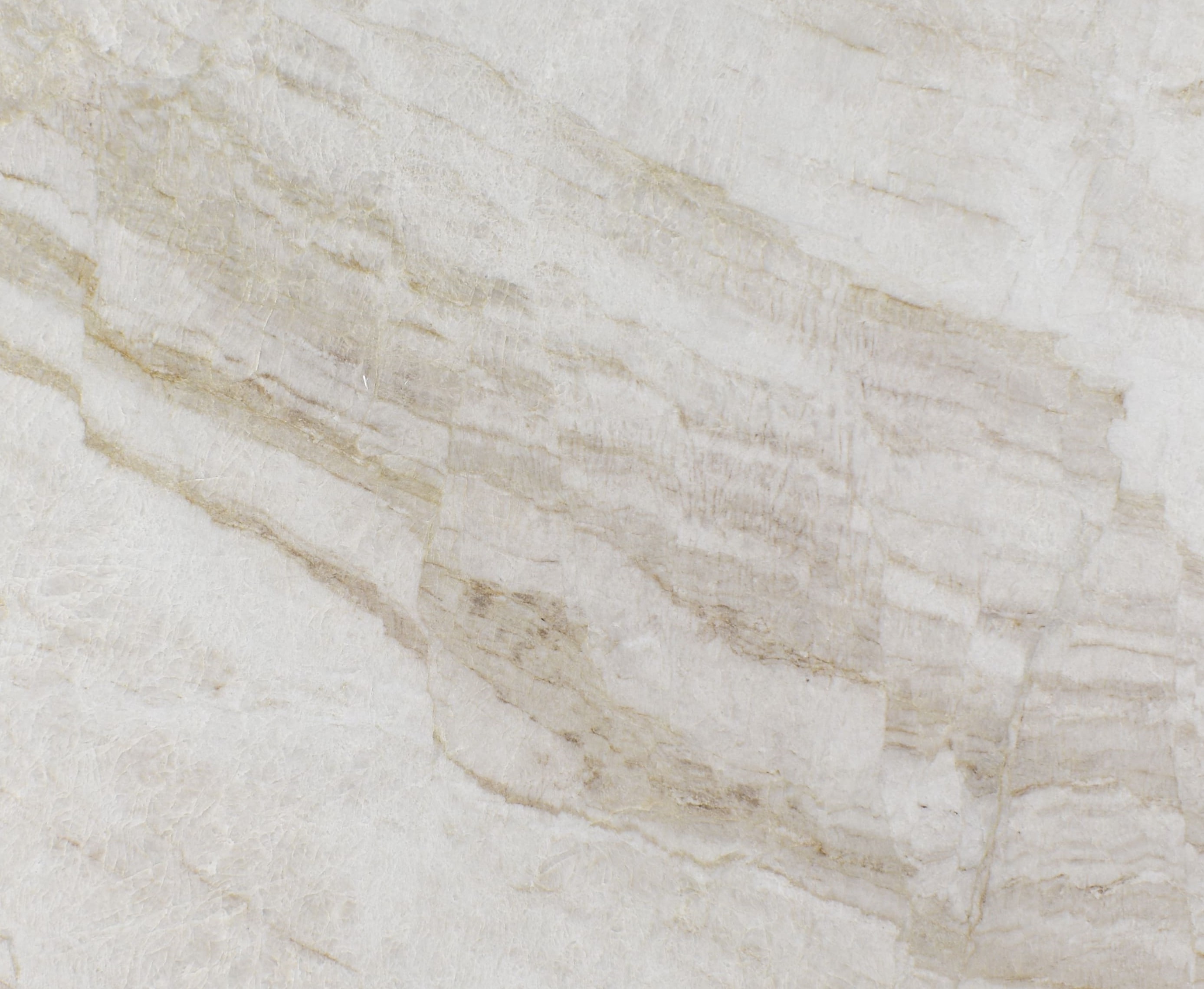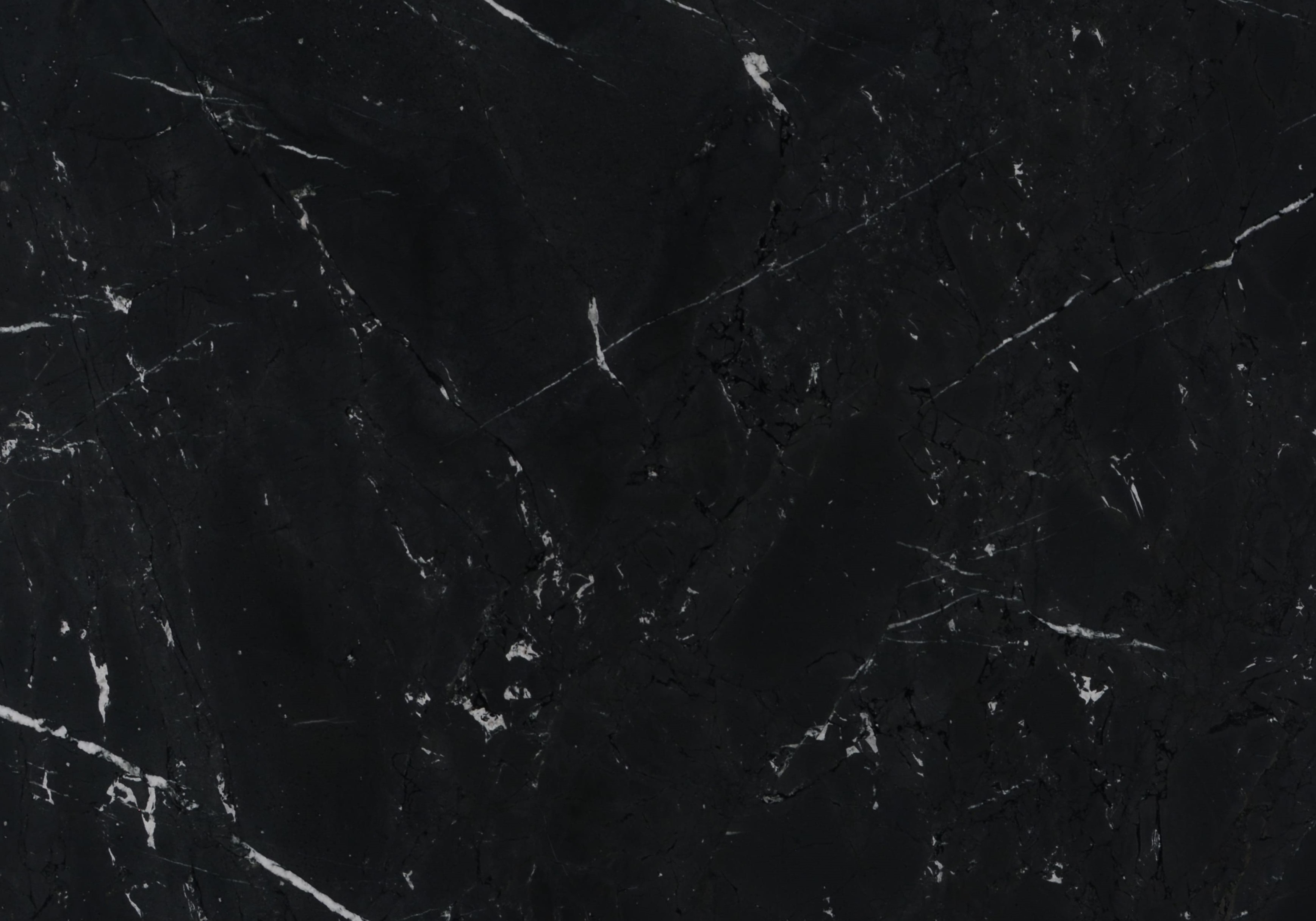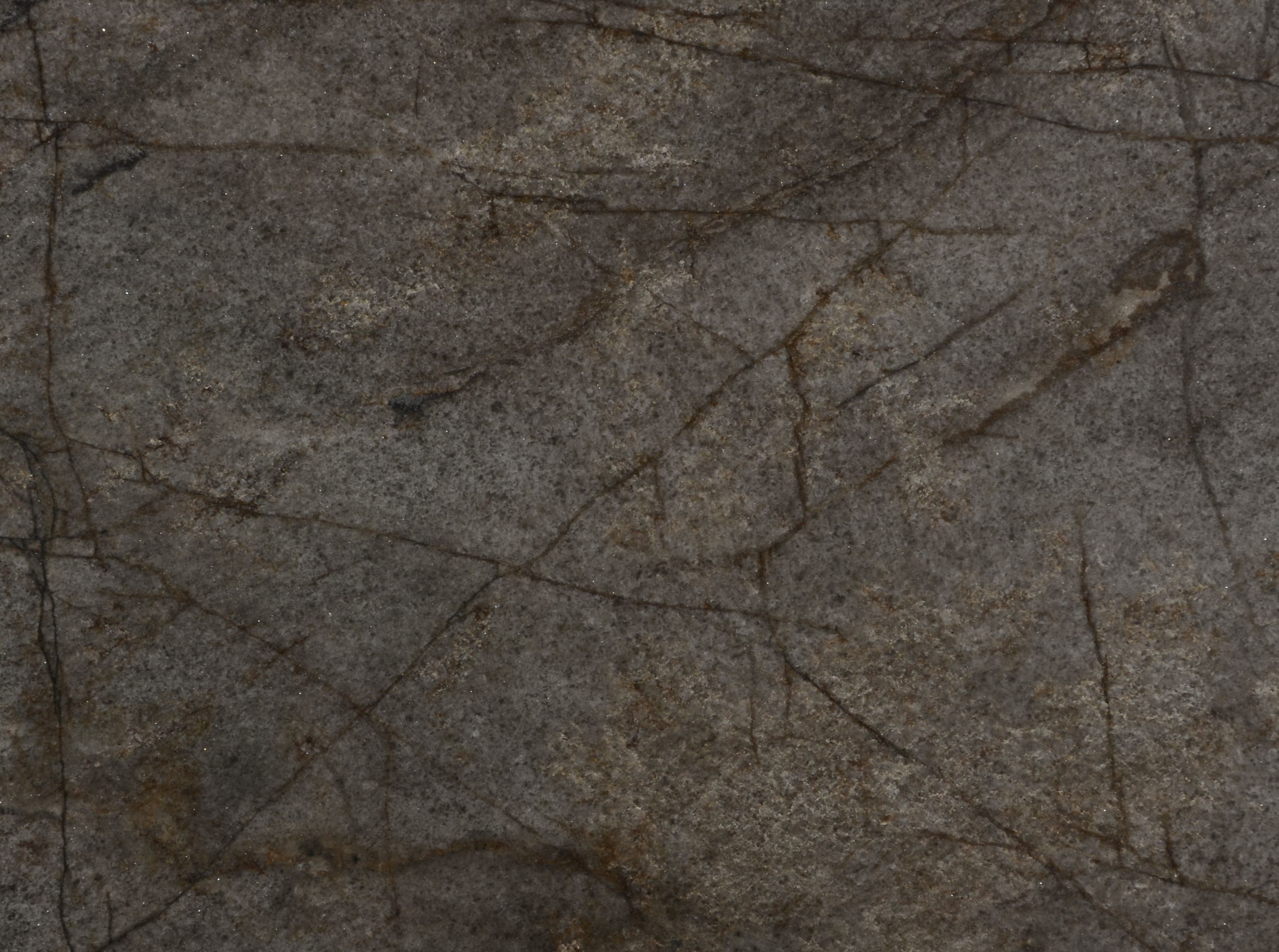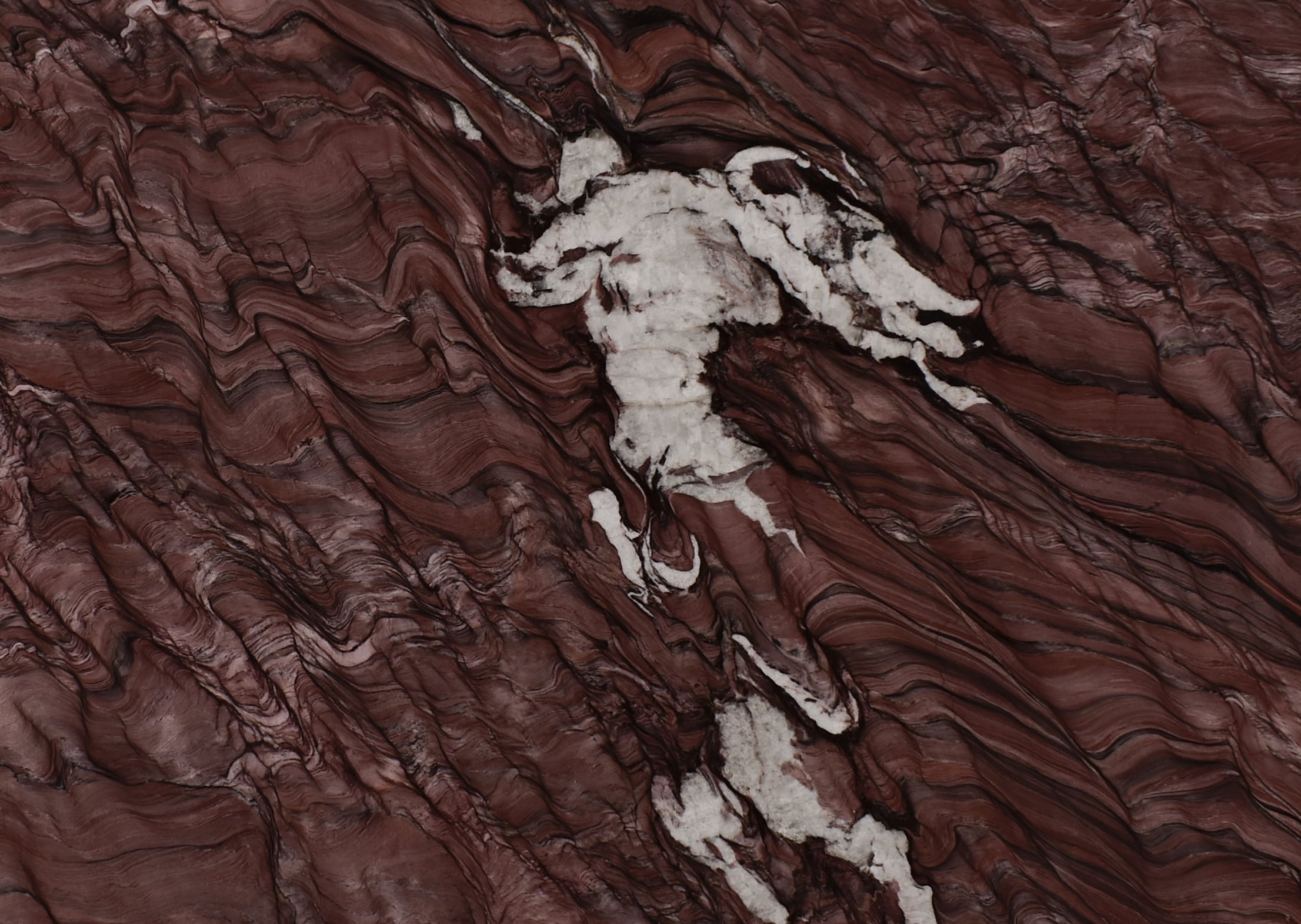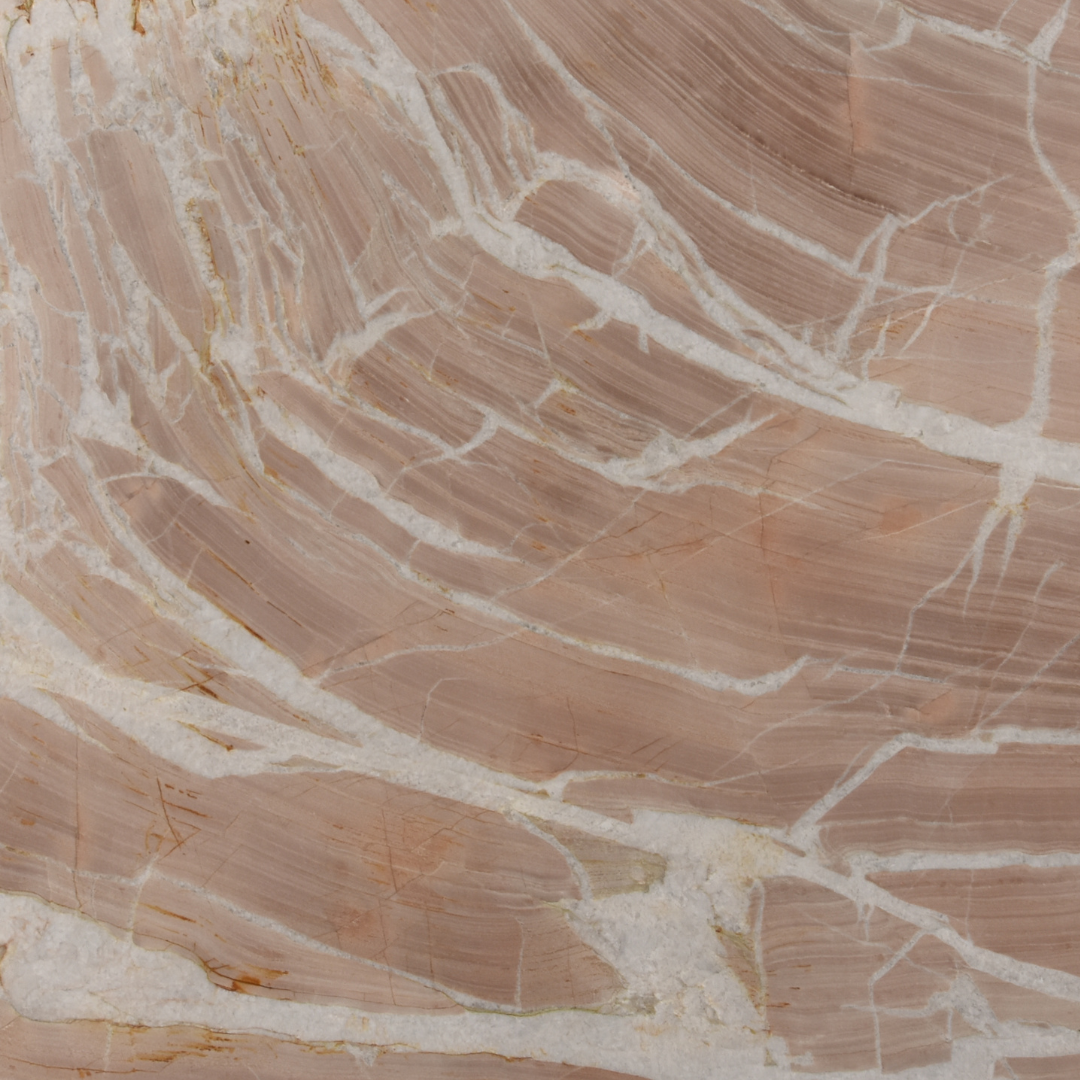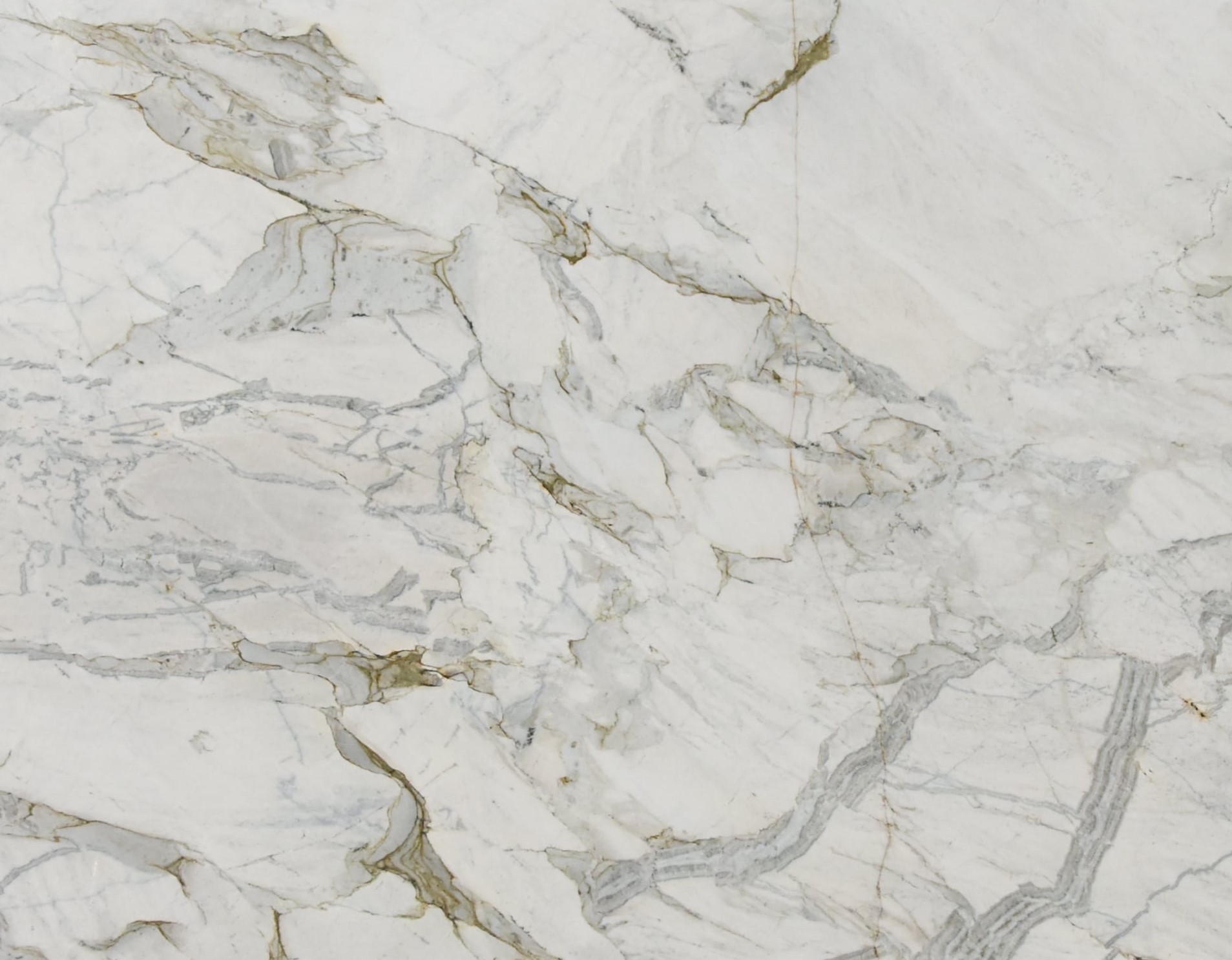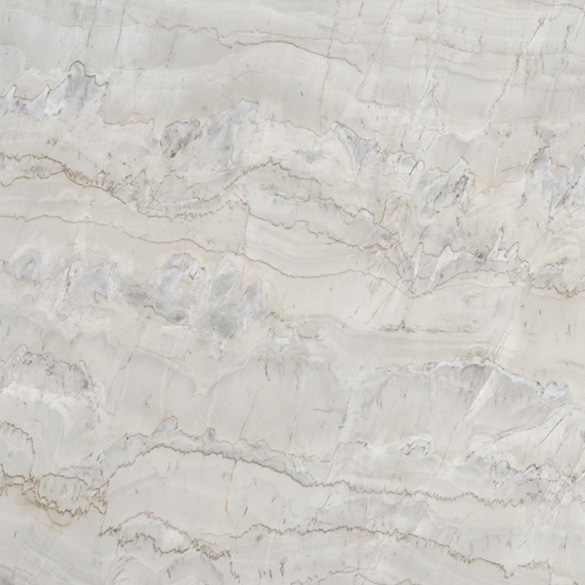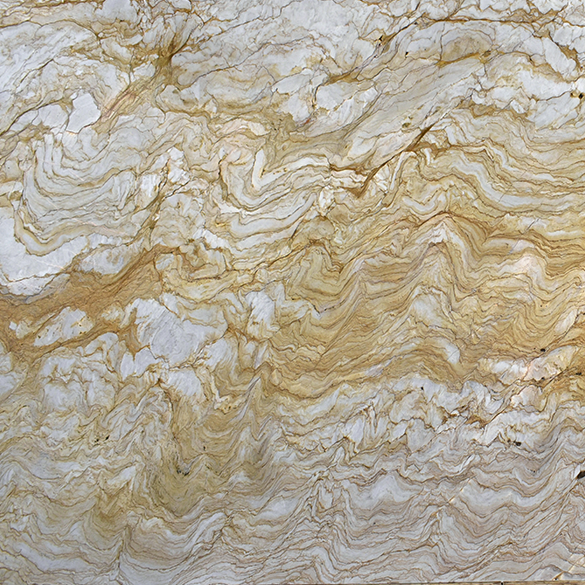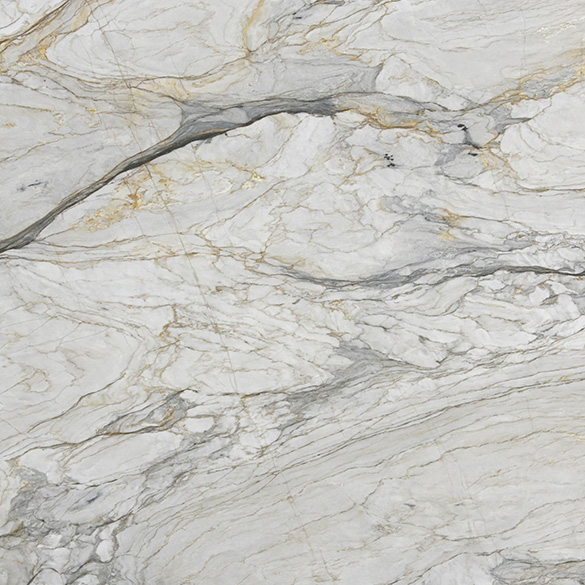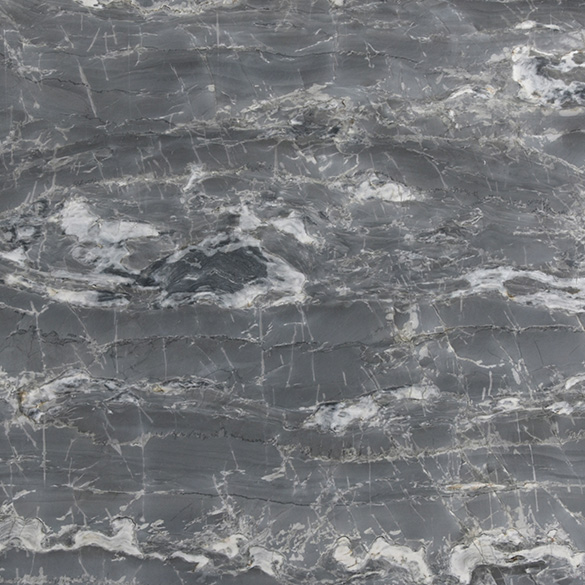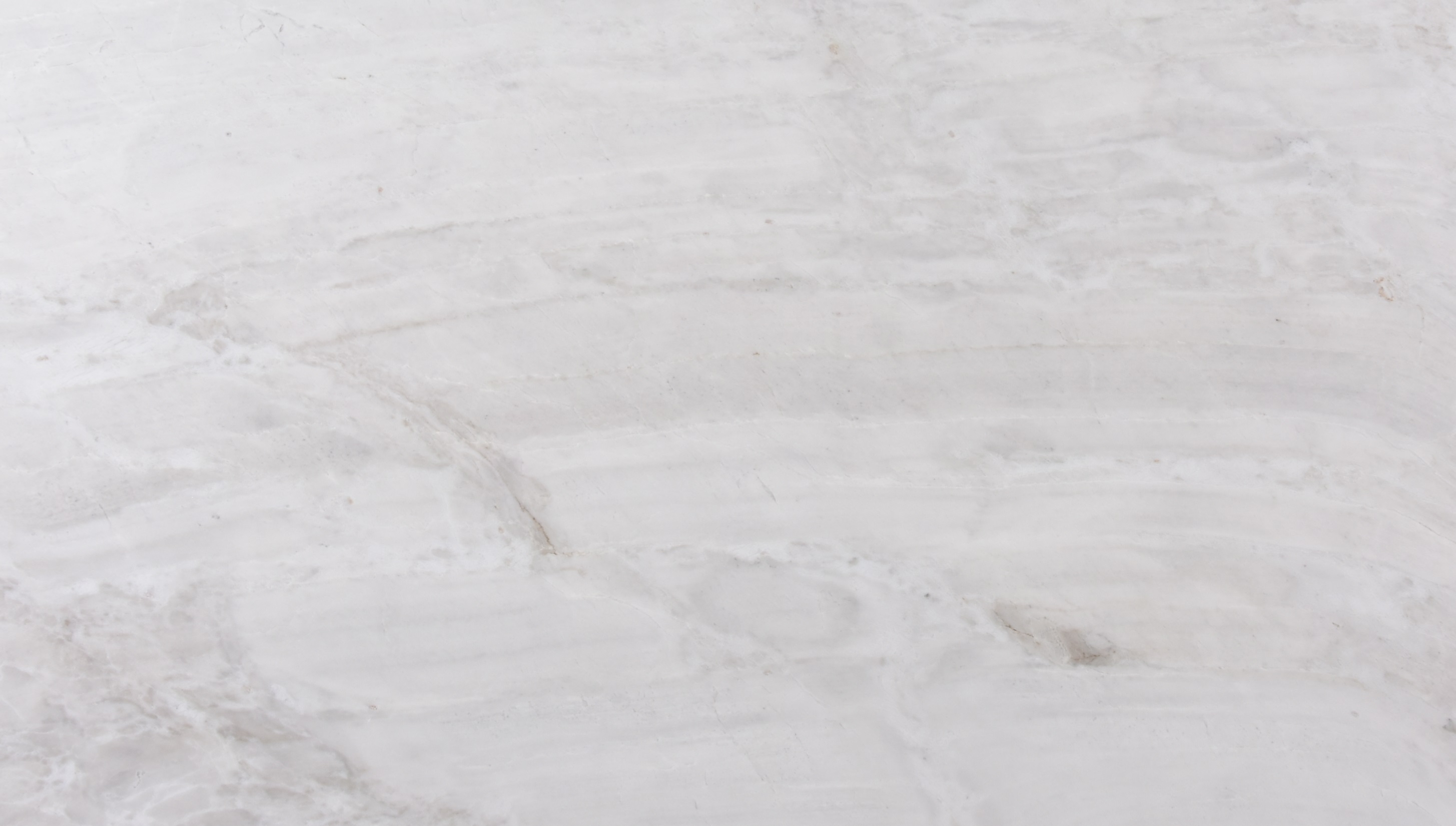
Deconstructivist architecture: what is it and what are its characteristics?
Deconstructivist architecture is a style that challenges traditional design and construction norms, offering a new perspective on how spaces can be shaped and perceived.
Characterized by fragmented forms and dynamic structures, deconstructivist architecture not only redefines architectural aesthetics but also the experience of space.
In this article, we will explore what deconstructivist architecture is, its main characteristics, some prominent architects and how you can be inspired by this innovative style in your projects.
What is Deconstructivist Architecture and How Did the Style Emerge?
Deconstructivist architecture emerged in the 1980s, influenced by the philosophical movement of deconstruction, associated with the French philosopher Jacques Derrida.
This style is characterized by a non-linear approach, where forms and spaces do not follow traditional norms of symmetry and order.
Instead, deconstructivist architecture seeks to create a sense of movement and complexity, leading observers to question the relationship between space and form.
One of the early landmarks of this movement was the construction of the Guggenheim Museum in Bilbao, designed by Frank Gehry, which exemplifies the break with architectural conventions and the pursuit of fluid and unconventional forms.
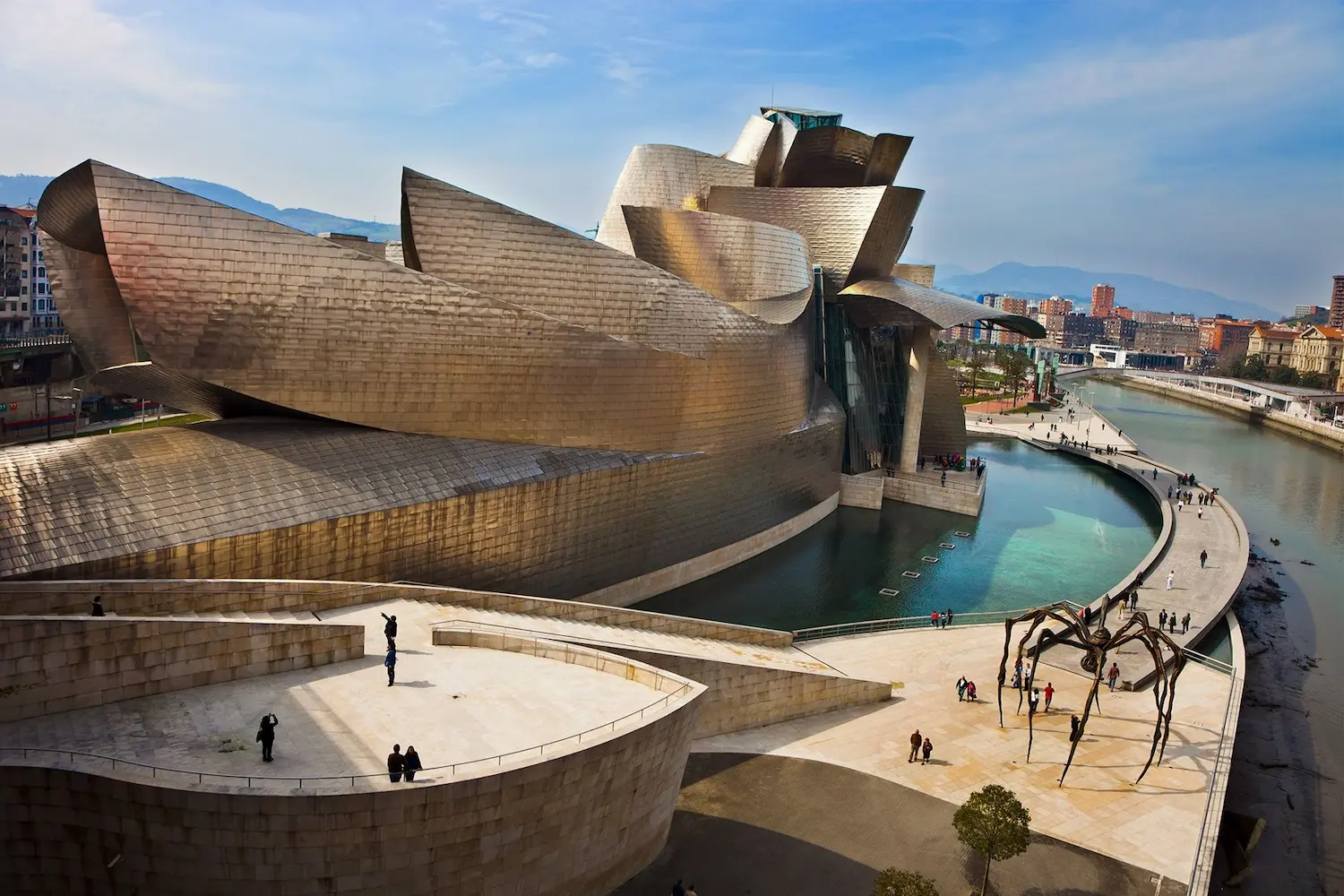
Deconstructivism is not limited to a specific aesthetic; instead, it is a philosophy that proposes a new way of thinking and designing, reflecting the complexity of modern life.
Meet Some of the Leading Deconstructivist Architects and Their Projects
Deconstructivism is a movement that gave voice to a new generation of architects, challenging norms and creating works that stand out beyond aesthetics, drawing attention for their ability to evoke emotions and reflections.
These professionals used their creativity to explore new forms and spaces, resulting in iconic projects that transformed the global architectural landscape.
Below are some of the leading names in deconstructivism and their most notable works.
1. Zaha Hadid
Zaha Hadid was one of the most influential architects of the deconstructivist movement. Her work is characterized by fluid and organic forms that seem to defy the laws of gravity. Notable projects include the London Aquatics Centre and the Museum of 21st Century Science, both exemplifying her ability to integrate space and form in an innovative way.
2. Frank Gehry
Frank Gehry is one of the icons of deconstructivist architecture, known for his structures that combine irregular geometry and unconventional materials. The Guggenheim Museum in Bilbao is one of his most famous projects, where the metallic forms and bold design became a symbol of contemporary architecture.
3. Daniel Libeskind
Daniel Libeskind is recognized for his work that provokes reflection and emotion. The Jewish Museum in Berlin is an example of how architecture can tell a story and express collective memories. Its fragmented and angular design evokes a sense of disorientation, inviting visitors to explore the narrative behind the structure.
4. Peter Eisenman
Peter Eisenman is one of the pioneers of deconstructivist architecture, and his work often addresses themes of deconstruction and complexity. The Holocaust Memorial in Berlin, designed by Eisenman, is a space that uses geometric forms to create a unique experience, reflecting memory and the loss of lives.
How to Find Inspiration in Deconstructivism for Your Projects
To incorporate elements of deconstructivist architecture into your own projects, start by exploring unconventional forms and breaks in symmetry.
Think about how you can create a sense of movement within the space, using innovative materials and construction techniques that challenge traditional expectations.
Experiment with integrating different levels, angles, and textures to create a dynamic environment that encourages interaction and exploration.
Additionally, the use of advanced technologies, such as 3D modeling and 3D printing, can help bring your deconstructivist ideas to life, allowing you to experiment with new forms and structures efficiently.
Look for references in the works of deconstructivist architects and do not be afraid to break established rules.
Redefine Spaces with Deconstructivism
Deconstructivist architecture offers a new way to see and understand the built space, challenging traditional conventions and promoting complexity and fluidity.
With innovative architects leading the way, this style continues to inspire and influence projects around the world.
By exploring the characteristics and philosophies of deconstructivist architecture, you can integrate elements of this approach into your own projects, creating spaces with impactful visuals that also emanate a sense of discovery and interaction.
If you are planning to incorporate quartzites into your deconstructivist projects, discover the available options at Decolores.
Related contents
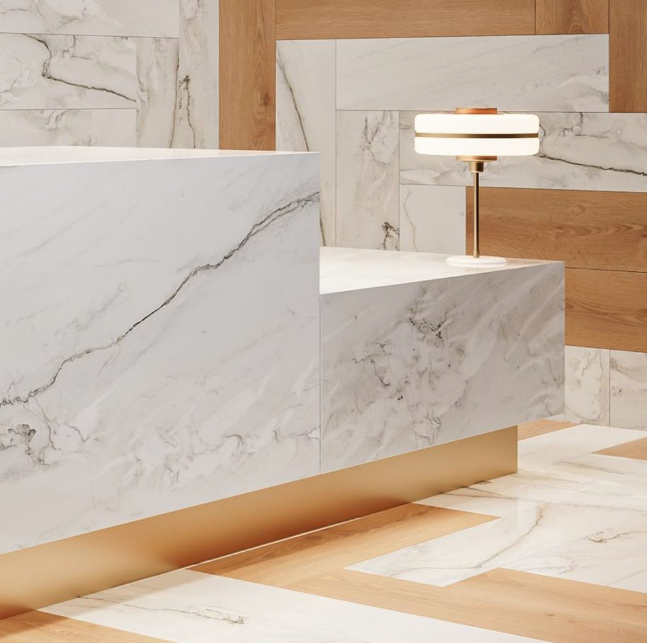
Trends in Natural Stone for 2023
We've gathered everything you need to know about trends in natural stones for 2023. Read More! What are the main trends in natural stones for 2023? Spoiler alert: they involve a wide range of colors, unique patterns, and the prominence of technology, for instance. But that's all we can reveal for now. To learn more about the topic, follow along here and check out the content crafted especially for you. Happy reading! The Importance of Ornamental Stones Ornamental stones are perfect for enhancing the ambiance. Granite, quartzite, marble, and sandstone, for example, set the tone for attractive, decorative, and truly diverse spaces. In this regard, these materials enable you to "uplift" many areas. From the pool to bedrooms, from bathrooms to the kitchen: with them, everything becomes incredible and unique! Trends in Natural Stones for 2023 In addition to natural elements with raw finishes, pieces rich in unique details and distinctive textures are also expected to remain popular. However, unique design and a focus on technology and sustainability are equally prominent today! Stay updated on the main trends in natural stones for 2023: Innovative Colors and Patterns Neutral and warm palettes stand out, each in its own way, with avant-garde patterns. When it comes to the former, softness is their trademark! Meanwhile, warm colors, including shades of orange and red, are expected to claim increasingly larger spaces in interior decoration, especially when combined with various geometric patterns. Distinct Textures and Finishes Sophistication is present in natural stones through textures and finishes that deviate from traditional options. Consequently, each material becomes unique, with various application possibilities in different settings. Sculpting, sandblasting, and polishing techniques make all the difference in creating distinctive surfaces. Exotic and Rare Materials Stones like sodalite, very rare and found exclusively in Brazil, also play a significant role in current trends. Its exuberant royal blue color brings sophistication and refinement to various spaces. Therefore, it can be incorporated into countertops, tables, sinks, and more. Sustainability and Natural Stones Preserving the environment is everyone's duty. The importance of sustainability is increasingly in focus, driving innovations that are essential in product creation. In the case of stones, the trend is towards increased production of long-lasting items that do not require frequent replacements and outlast traditional solutions. Innovative Applications In this topic, the spotlight is on various ways to apply natural stones, whether in interior or exterior designs. Stones in contact with water are expected to become an increasingly common feature moving forward. Moreover, these pieces can also be found in unexpected places, such as the wall behind the bed, for example. Integration with Technology Continuous improvement in processes facilitates synergy between natural stones and technology. In other words, innovation contributes to the development of unique solutions, delivered to clients with extensive customization possibilities. Cutting-edge resources have been crucial in making spaces even more modern, intelligent, and beautiful. Sustainable Projects It's impossible not to emphasize the topic of nature. Natural stones are being widely used in architectural projects, from small spaces to large buildings. As such, items like these have indeed made a unanimous contribution to the preservation of what matters most: the environment. Count on us and elevate your interior decor The best trends in natural stones for 2023 are here at Decolores. Since we started our operations in the year 2000, we have spared no effort in providing truly distinctive ornamental stones for our clients' projects. Explore options, get in touch with us, and discover everything we can do for you!
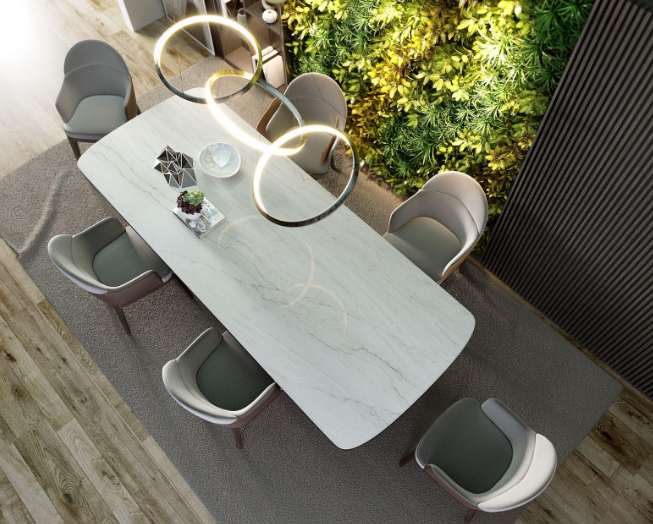
Natural Stones in high-end commercial projects
What factors should be considered when choosing natural stones for high-end commercial projects? Find out here! Providing excellent customer service and offering unparalleled experiences is essential in today's world. And principles like these involve the presence of natural stones in high-end commercial projects. That 's right! Materials are not only crucial for adding grandeur to establishments but also for ensuring unique decorations and singular experiences for the public. Shall we delve deeper into the topic? Here, you'll discover everything about natural stones: advantages, types, how to select them, and much more. Enjoy the reading! Natural stones in high-end commercial projects and their benefits High-end commercial projects offer ample opportunities to use natural stones in various ways. The application tends to go far beyond traditional work, making this material a common component in floor and wall coverings. In this regard, marbles, granites, and quartzites can be present in lavatories, SPAs, fireplaces, etc. Additionally, they add a sophisticated touch to countertops, workbenches, and tables, ranging from minimalism to the most extravagant designs available today. Their advantages are also numerous. Here are some of them: High durability; Wide range of applications; Great resistance; Ability to not retain heat and moisture. Distinctive features like these make the spaces unique, providing beautiful decorations and simplifying everyday cleaning processes, for example. Types of natural stones and tips for choosing them Having the best natural stones in high-end commercial projects is entirely possible, from various types of establishments, from facades to interior spaces. To help you make the right choice, we've prepared some tips: Opt for patterns that harmonize with the other decorative elements of the project. A good decoration brings a balance between natural stones and other decorative resources in the environment, aiming for a pleasing harmony to the senses. From the classic patterns of marble types to the vibrant and modern ones of quartzites, the combination will look amazing when blended with the other elements of the project. Pay attention to the types of natural stones and their recommended applications: Knowing the types of stones and their recommended applications is an essential point for you to determine which product will be chosen. Check out the main recommendations for each type below: Quartzite: extremely resistant, quartzite can be used in a variety of environments, both indoors as flooring, countertops, and panels, or outdoors like pools, facades, and outdoor fireplace cladding. They come in a wide range of colors, patterns, and textures, adding refinement and originality to projects; Granite: with scratch resistance and easy installation, granite is a type of stone that also has a wide range of applications, whether for outdoor or indoor areas, ensuring beauty to projects; Marble: from classic patterns, marble elegantly complements indoor spaces, being suitable for applications like floors, walls, and furniture, as well as exterior fireplace cladding and tabletops; Travertine: known for being a timeless and versatile stone, travertine can be used in indoor spaces like panels and floors, or in outdoor areas such as facades and pool edges. With a velvety texture and neutral colors, it provides versatility and elegance to the project. Take into consideration the texture you wish to use. In addition to the broad patterns and veins that natural rocks possess, there is the possibility of varying the applied textures, bringing a fresh perspective to the product. Among the various possible finishes, we mention polished, which imparts a shiny and mirrored aspect to the material; brushed, characterized by a velvety and satin-like texture; honed, ensuring a matte and smooth appearance; flamed, providing a more rustic, raw finish to the stone. Stay informed about cleaning and maintenance tips for the material. Besides ensuring the best standard and texture of your material, remember that it is essential to know how to protect your natural stone. Avoid using abrasive or chemically aggressive cleaning products and always prefer detergents with a neutral pH. More information on the protection, application, and maintenance of these products can be found in our Natural Stone Guide. To recap: Natural stones offer numerous benefits, including unmatched durability and resistance. There are various types available today, including marble, granite, and quartzite. In high-end commercial projects, they can be used in a variety of ways, well beyond what is considered common applications. Choosing quality products is one of the key factors in enhancing architectural work like no other! Want to know how we can help you? Click here, explore our solutions, and discover what we at Decolores have to off.
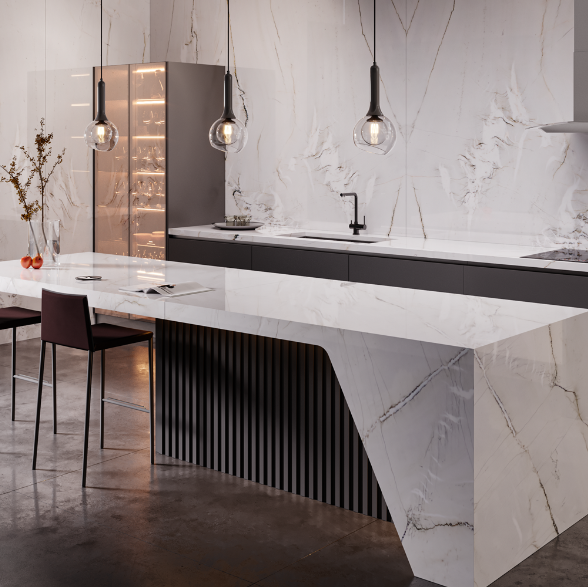
Discover how to combine resistance and sophistication in your projects with quartzite
Check out some tips for creating stunning projects using quartzite. Read here. Do you want to use natural rocks in your projects but don't know exactly how to create harmonious compositions that enhance your spaces even more? Keep reading and discover the various possibilities that quartzite can offer according to your goals. What is quartzite? Quartzite is a type of natural rock found in several Brazilian states. Formed from highly resistant sedimentary rocks, it is composed of 75% quartz and 25% other elements such as tourmaline, muscovite, biotite, among others. With unique patterns, it has a uniform and clean base, making it perfect for creating modern projects where minimalist aesthetics are the focal point. What are the advantages of quartzite? Here are the main benefits of using quartzite in your projects: Resistance: Due to its low absorption and high quartz content, which provides high hardness, quartzite has a wide range of applications. Finishes: Being a natural rock, quartzite can receive various finishes on its surface, such as polished, honed, brushed, flamed, or raw. Varied colors and prominent veins: Quartzite can be found in a wide variety of colors, with distinctive and original veins and tones. Easy to clean: Only water and mild soap are needed to clean this rock. As it doesn't absorb liquids, immediate cleaning is not necessary. How to use quartzite in projects? This natural rock can be applied in different areas of the house. Here are some great examples of applications that look amazing: In bathrooms, it can be used on the sink countertop or as a wall covering in the shower area. In kitchens, the classic use is as a countertop and supporting counter, also serving as a product for kitchen islands. In living rooms and bedrooms, it stands out as a wall covering, especially on focal walls within the space, such as behind the bed or TV wall. In outdoor areas, such as flooring, it is recommended to apply a special treatment to the surface of the rock to prevent it from becoming slippery. Get to know Decolores quartzites Click here and check out the options for natural rocks to create charming projects.
